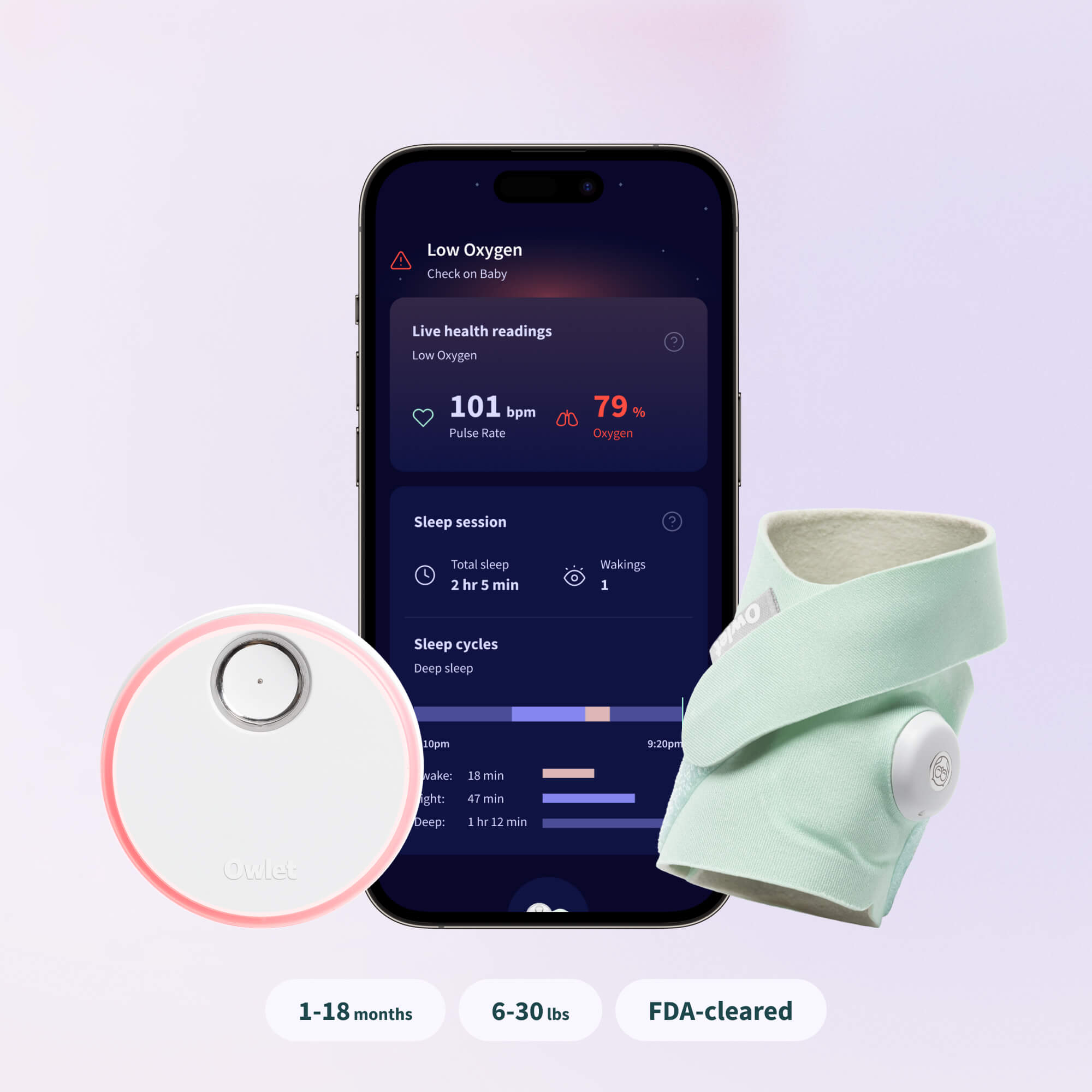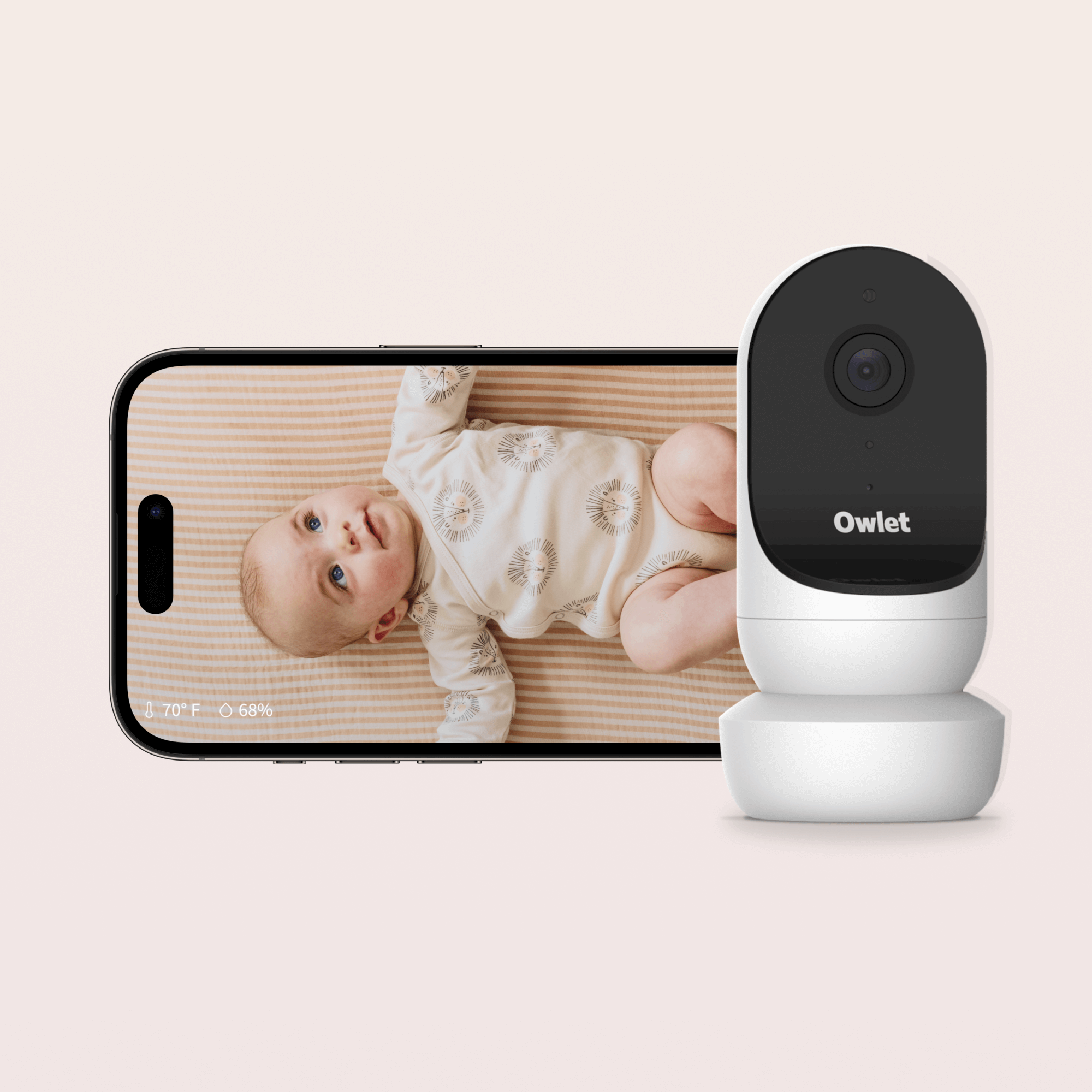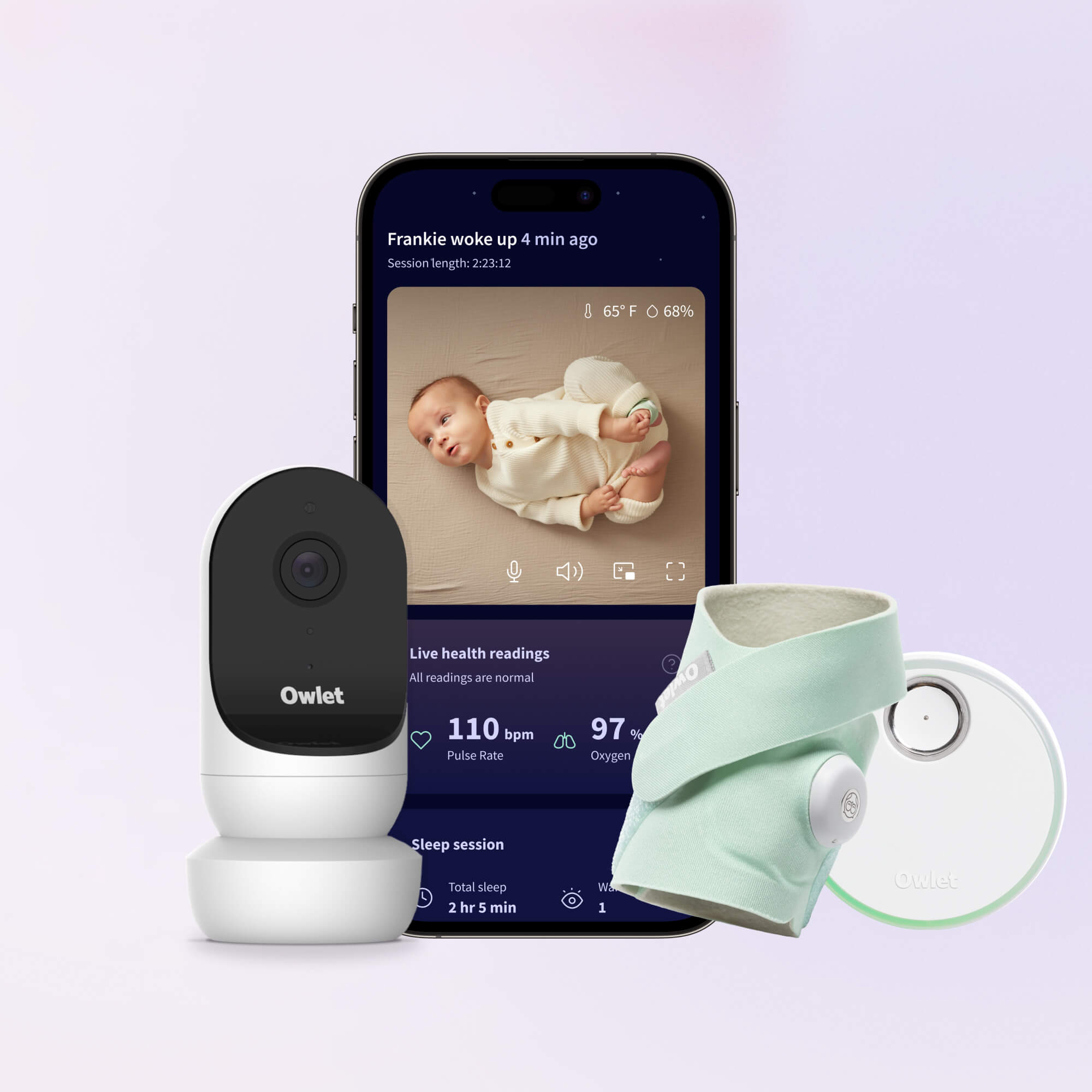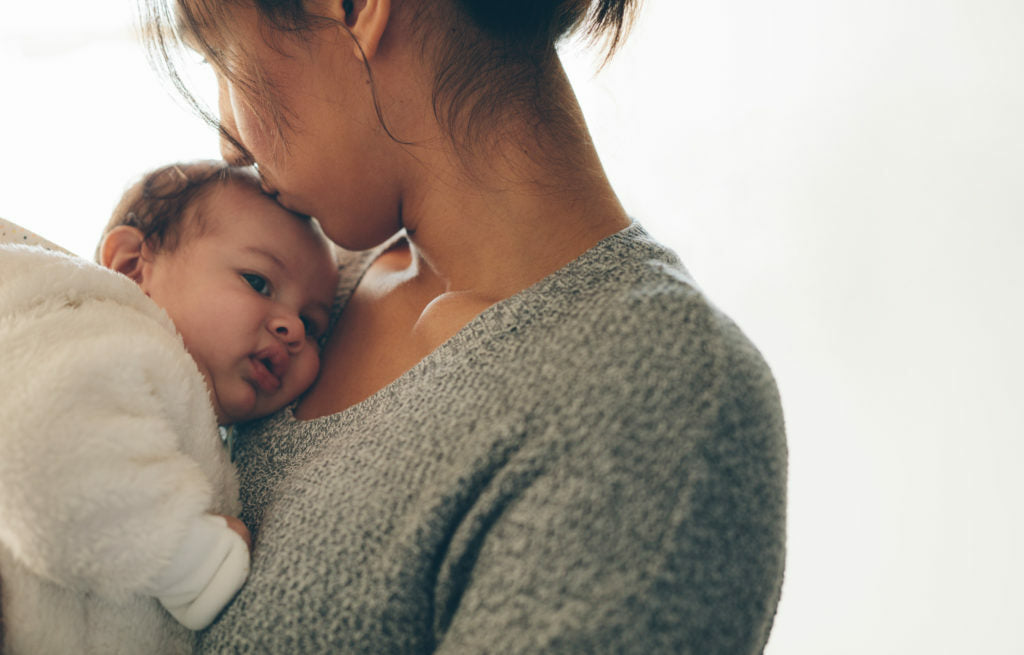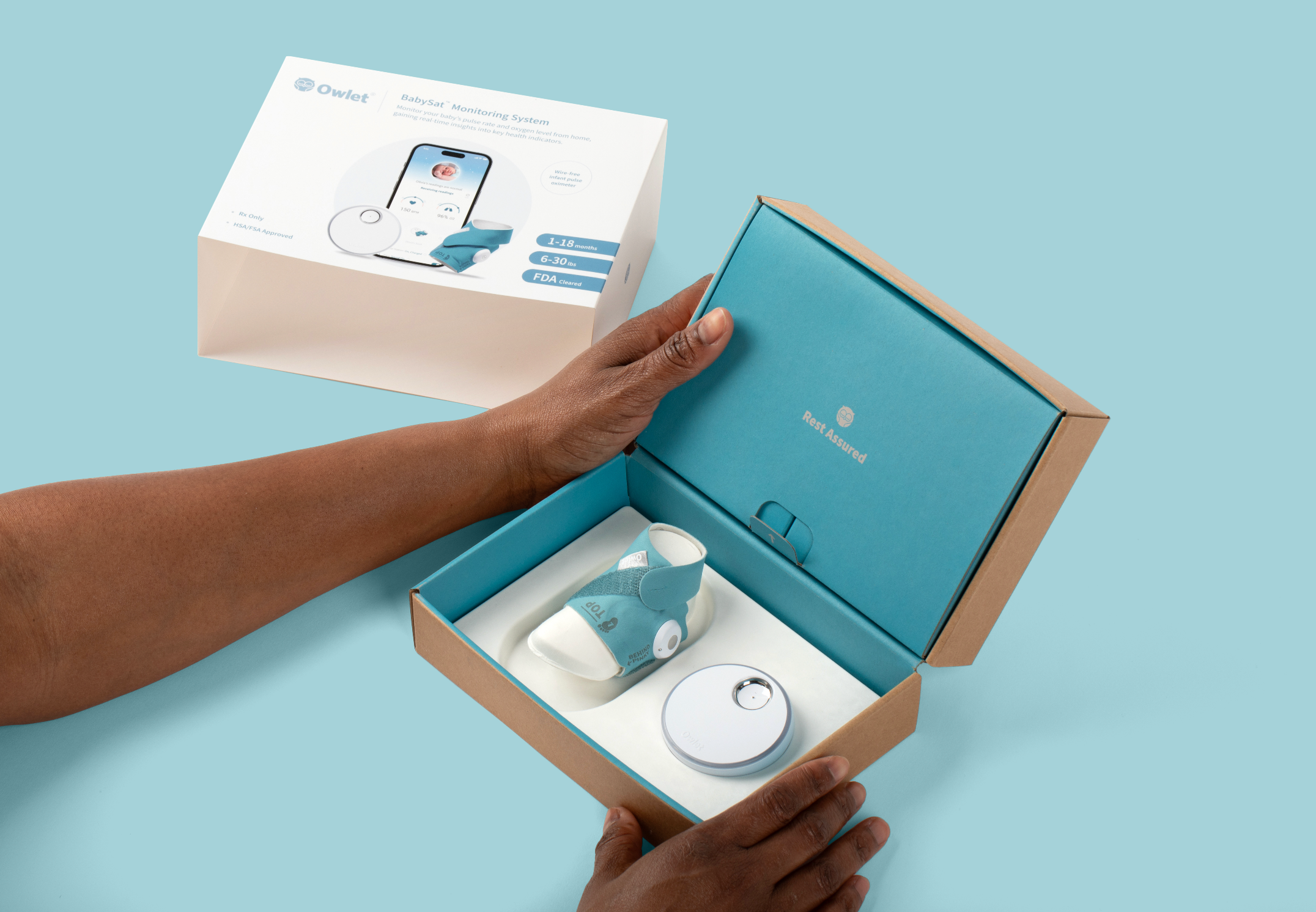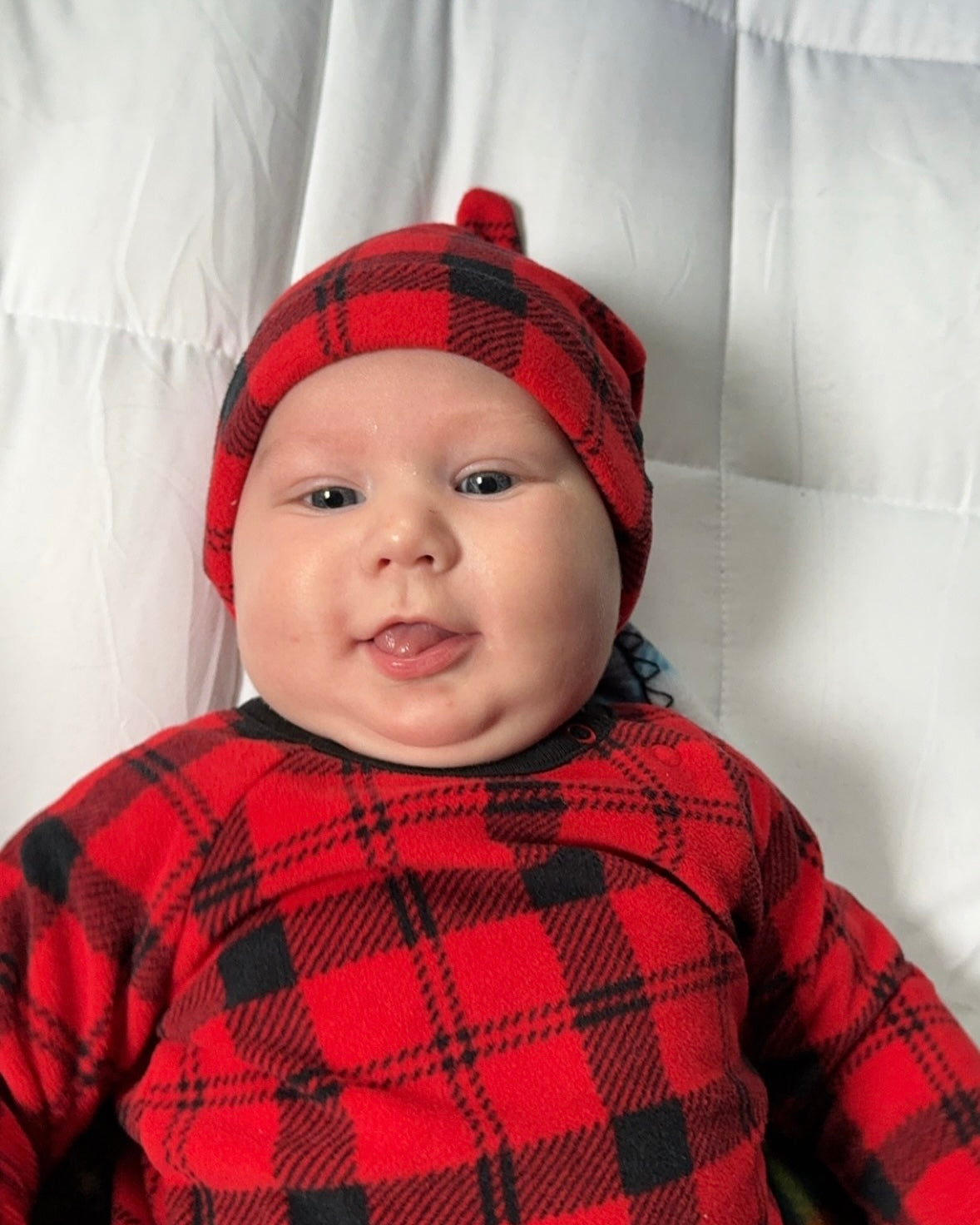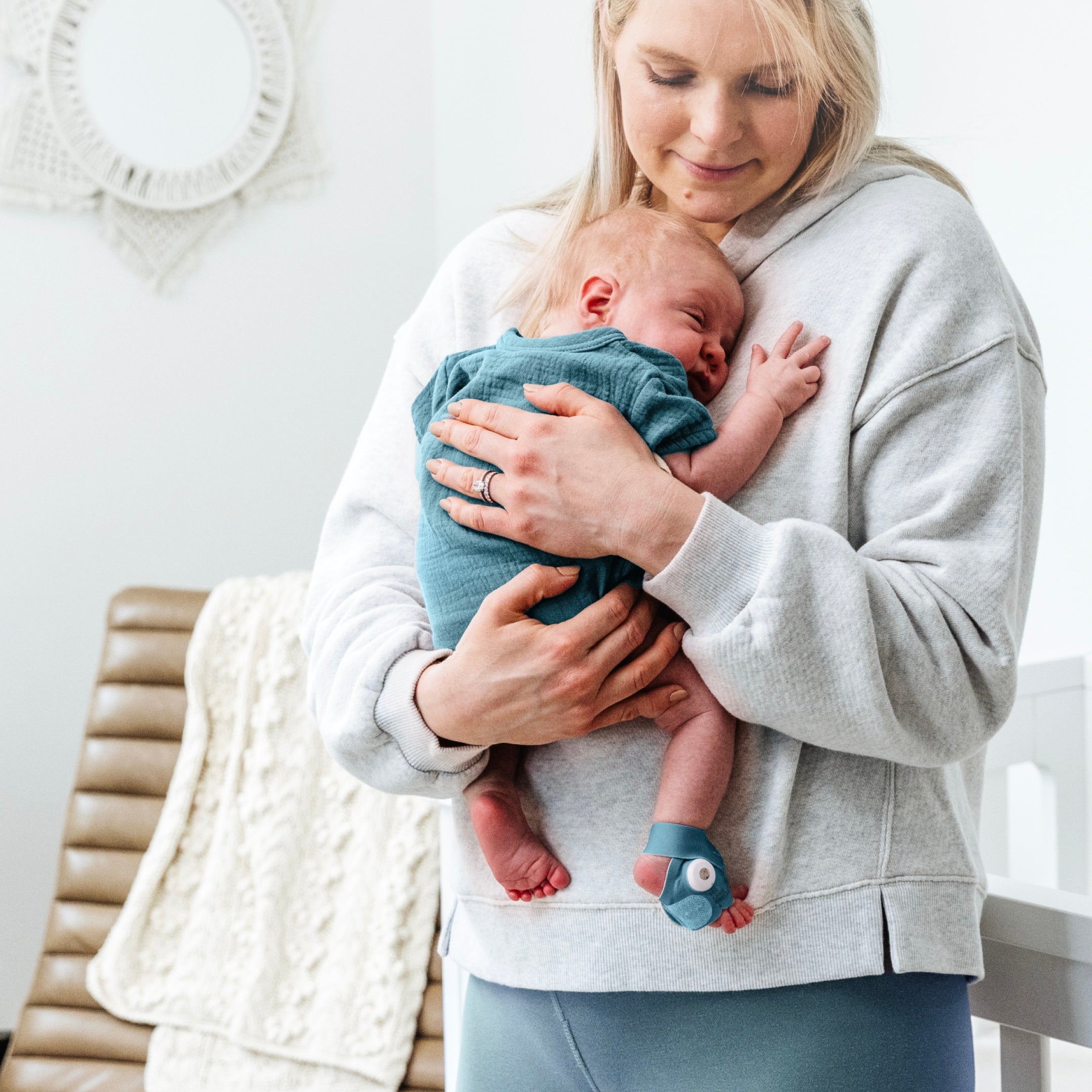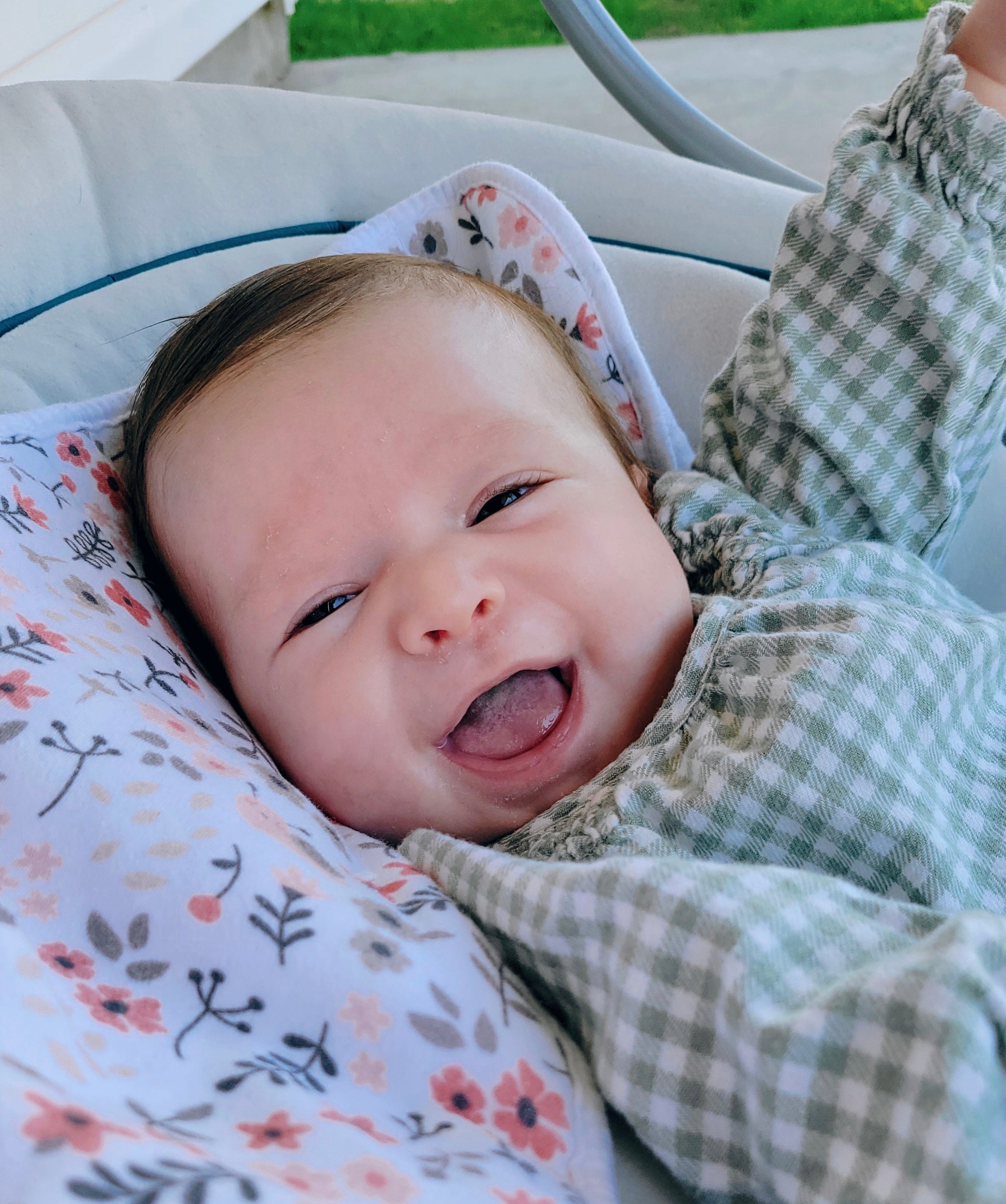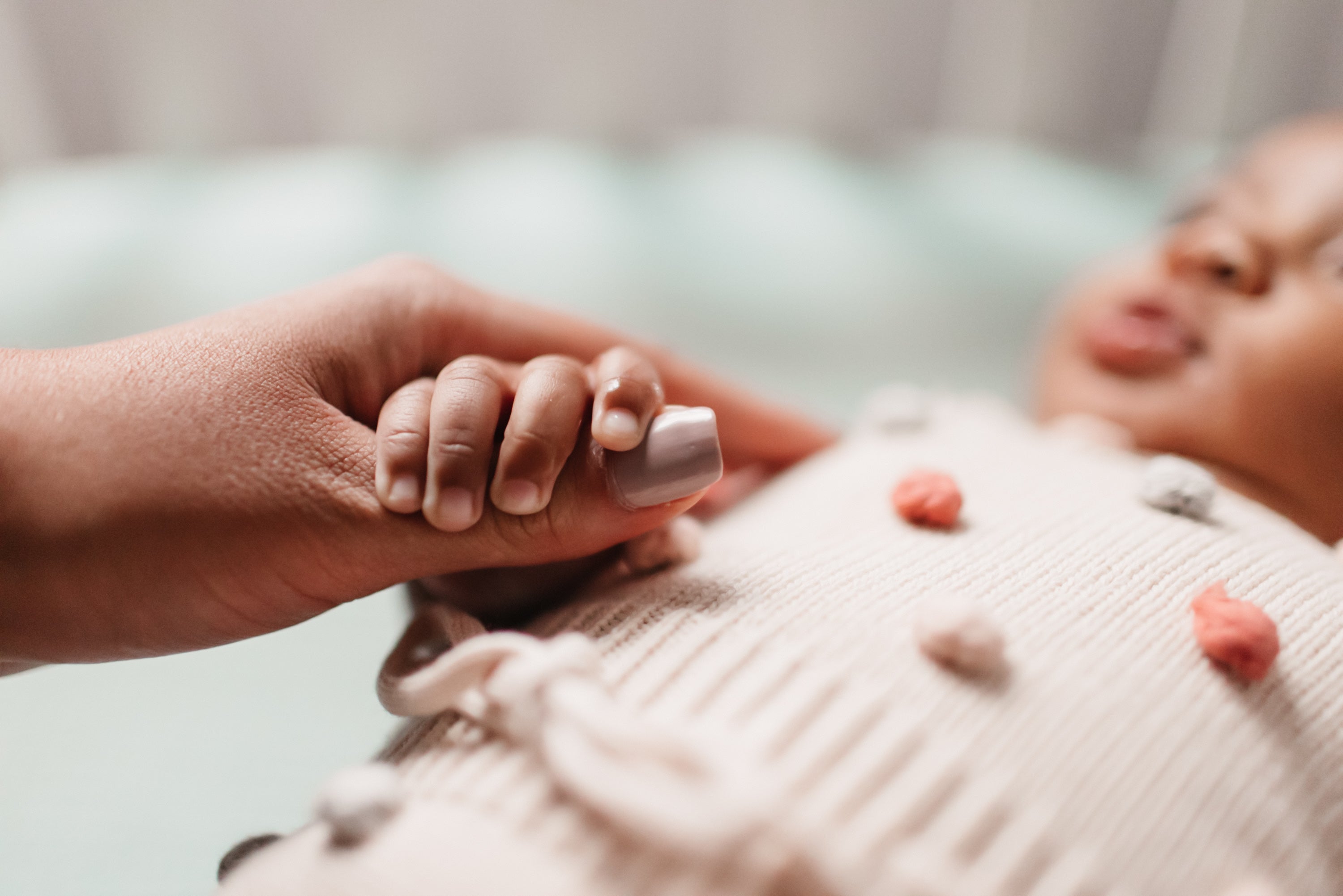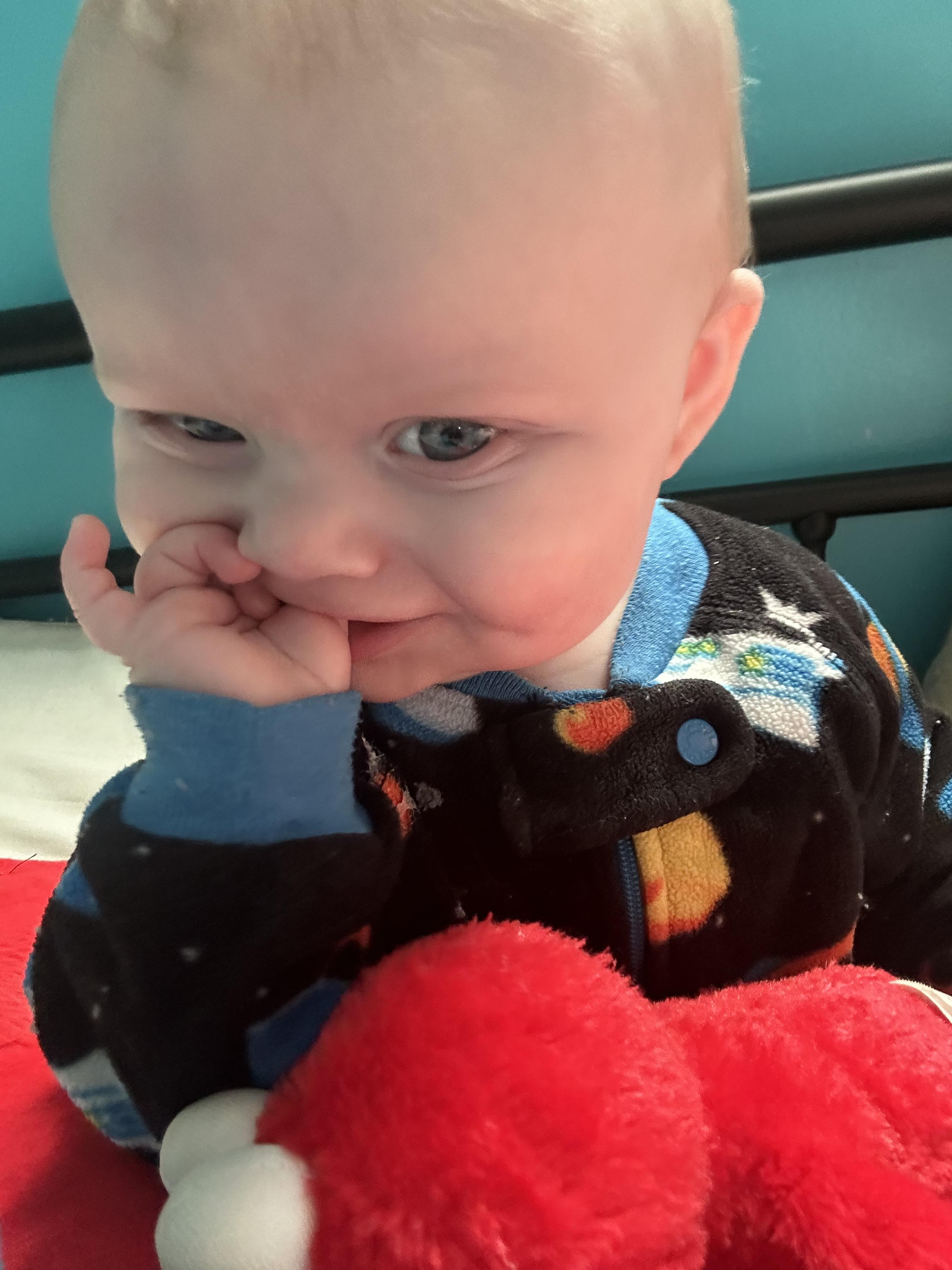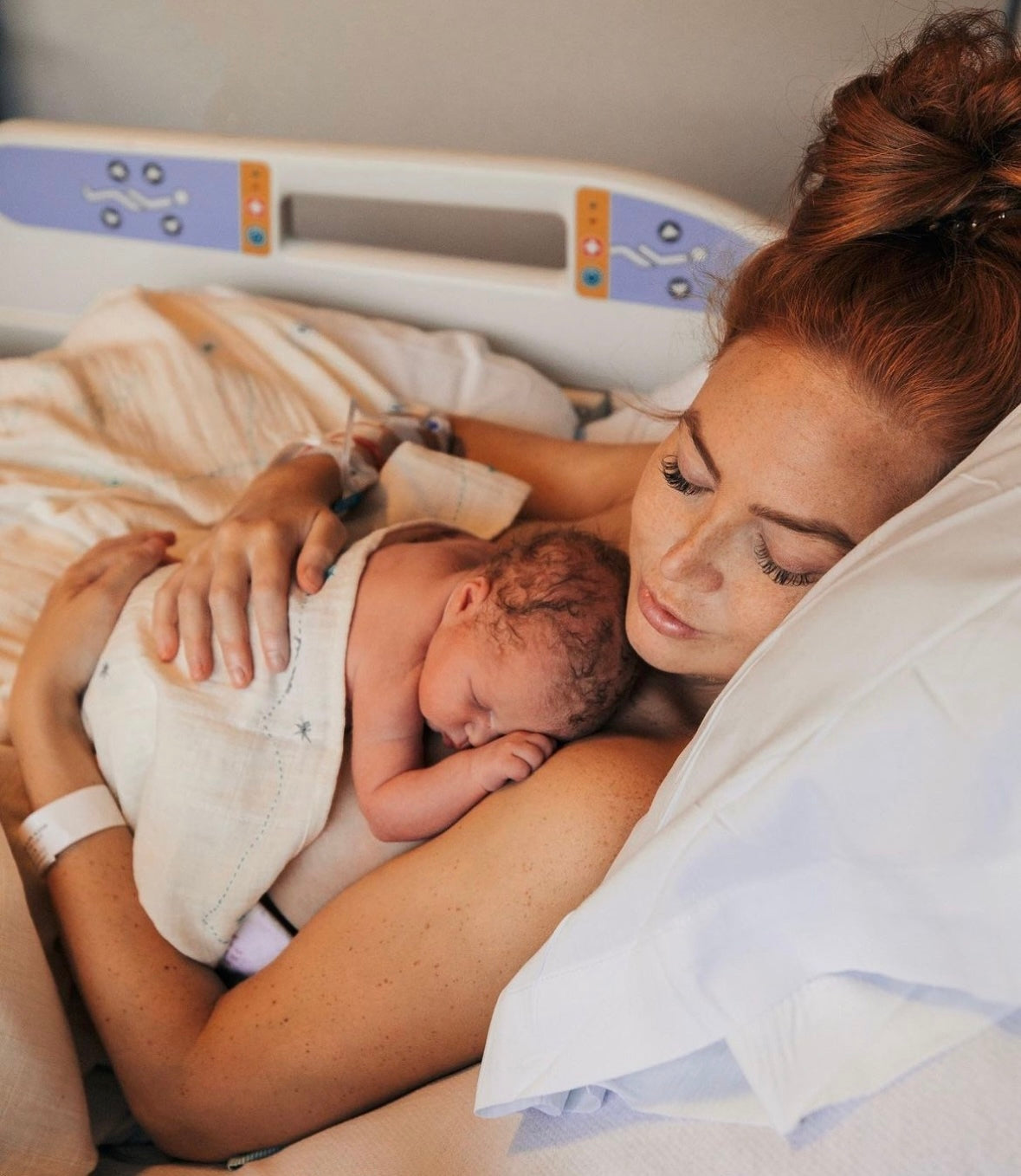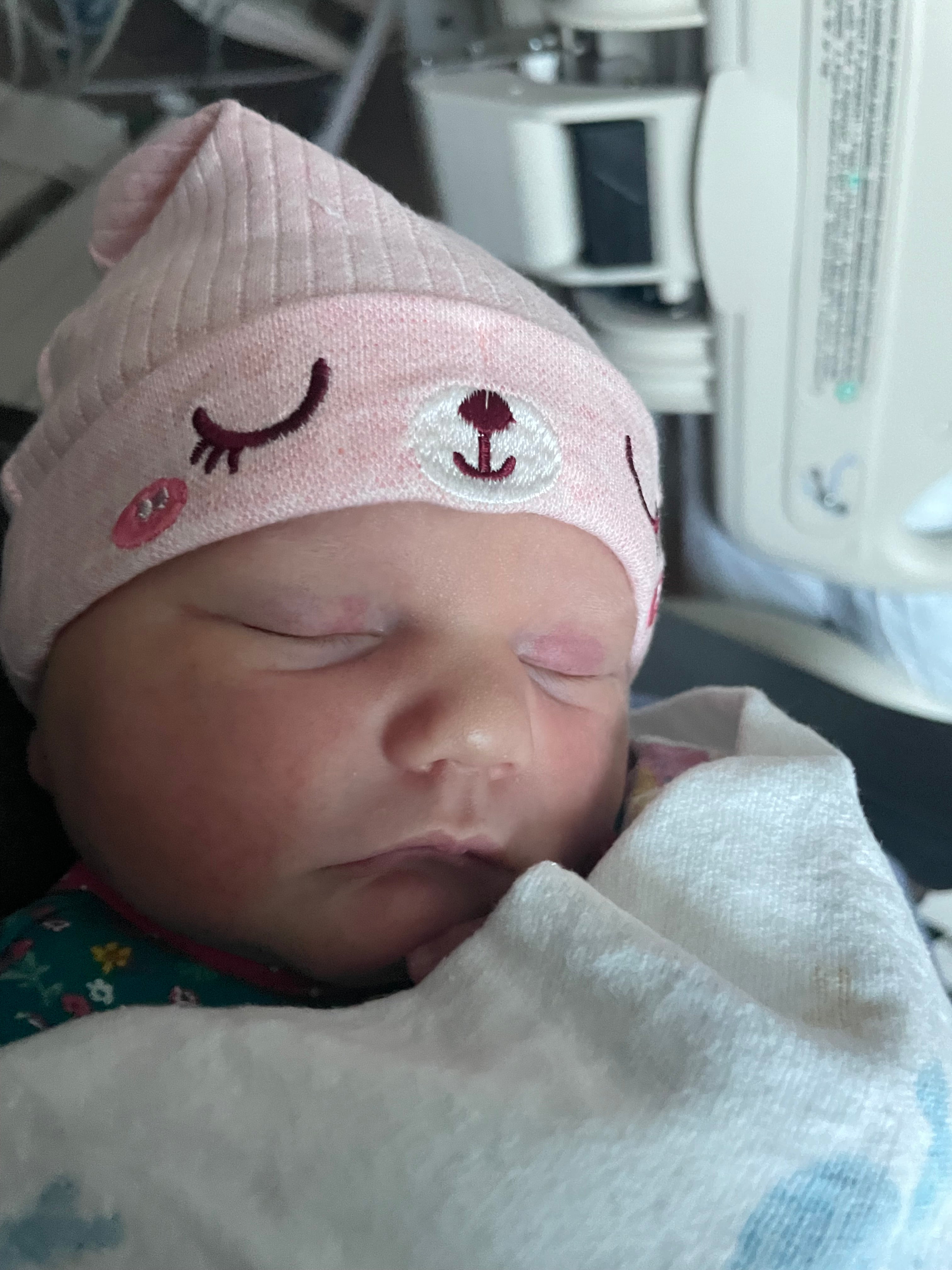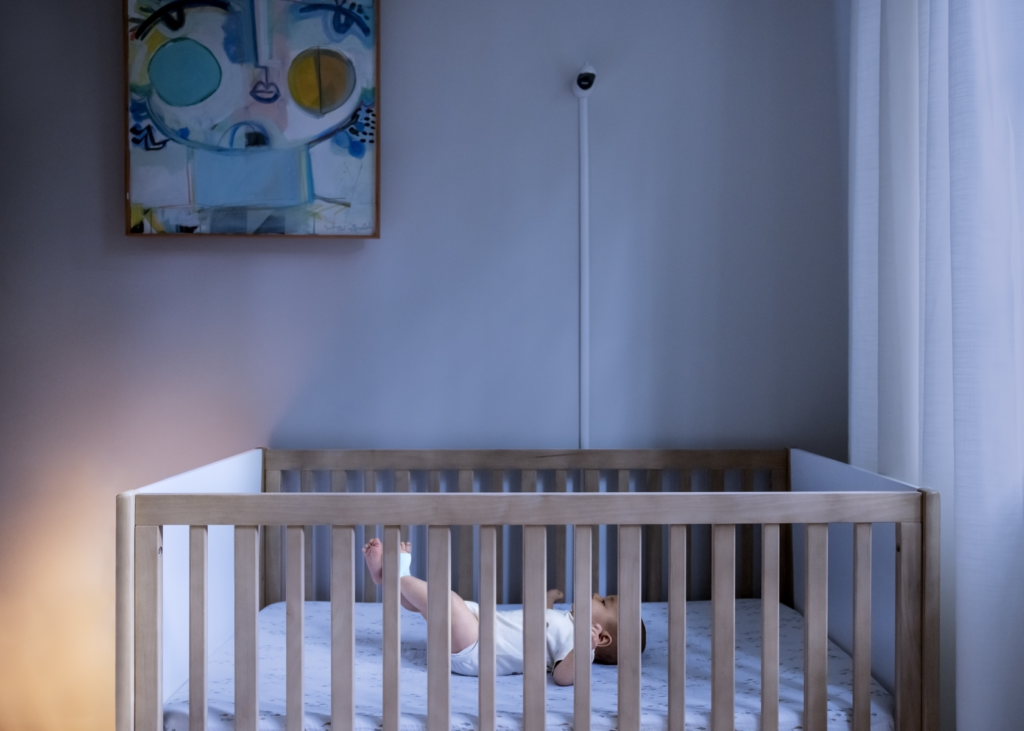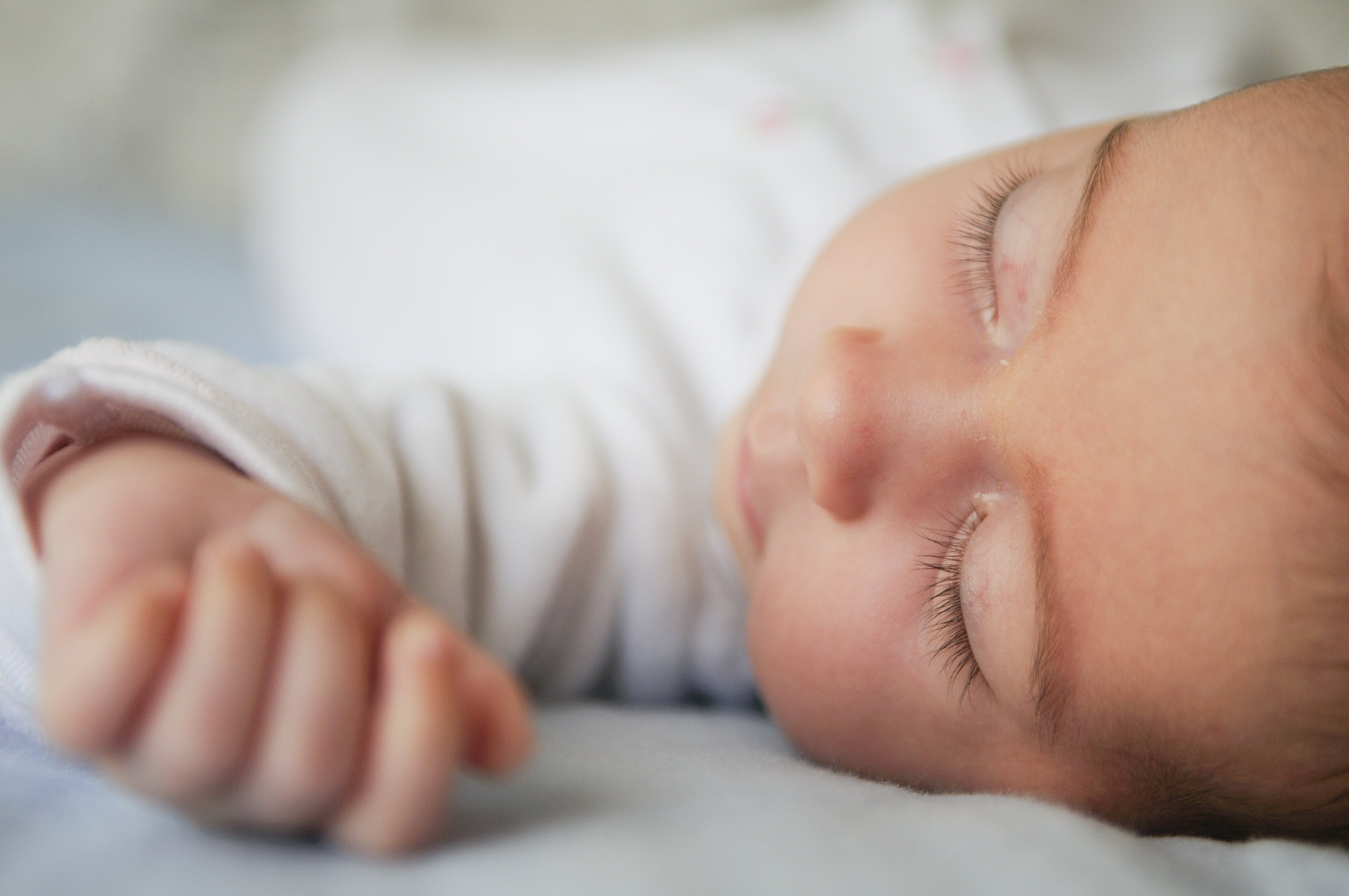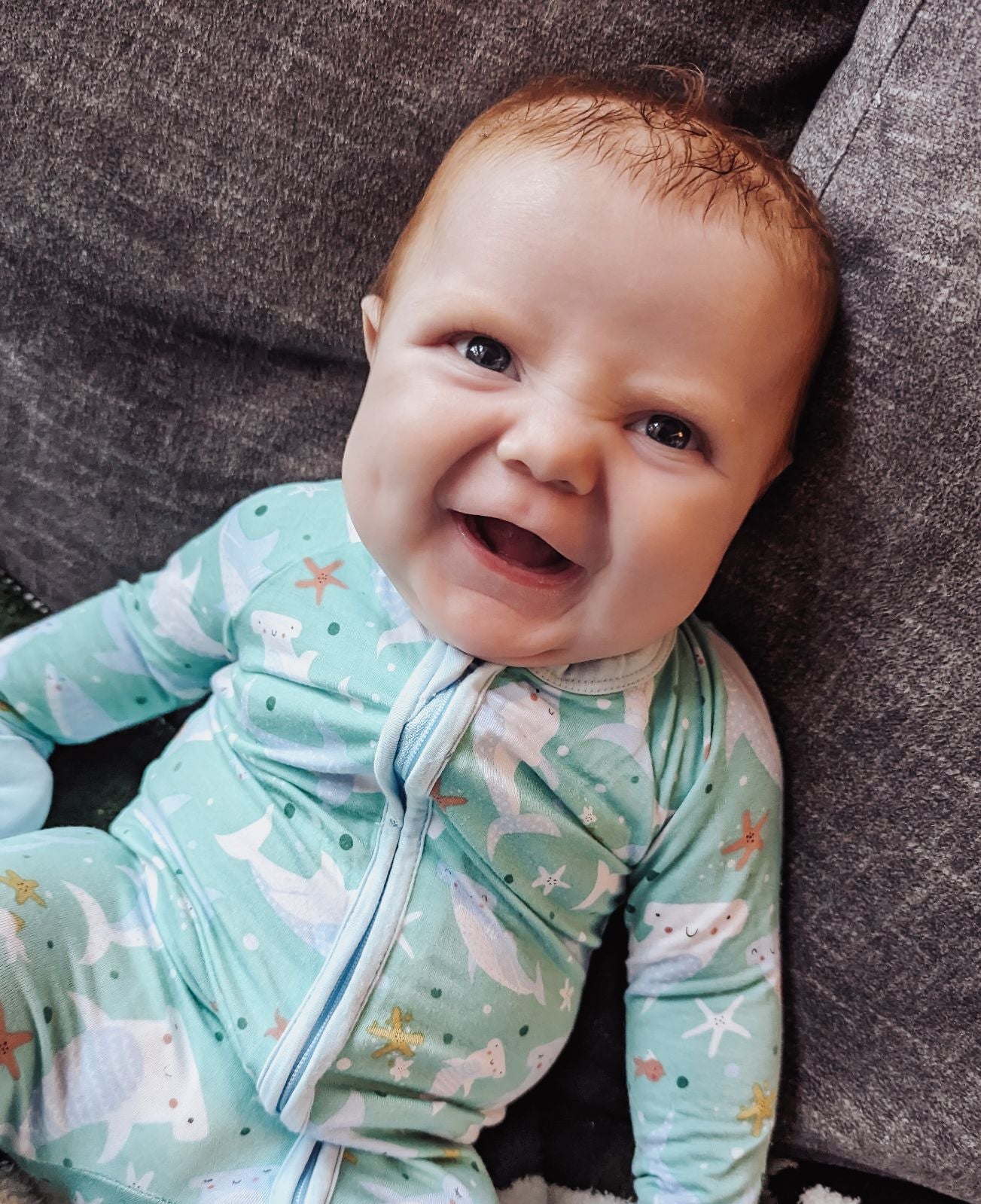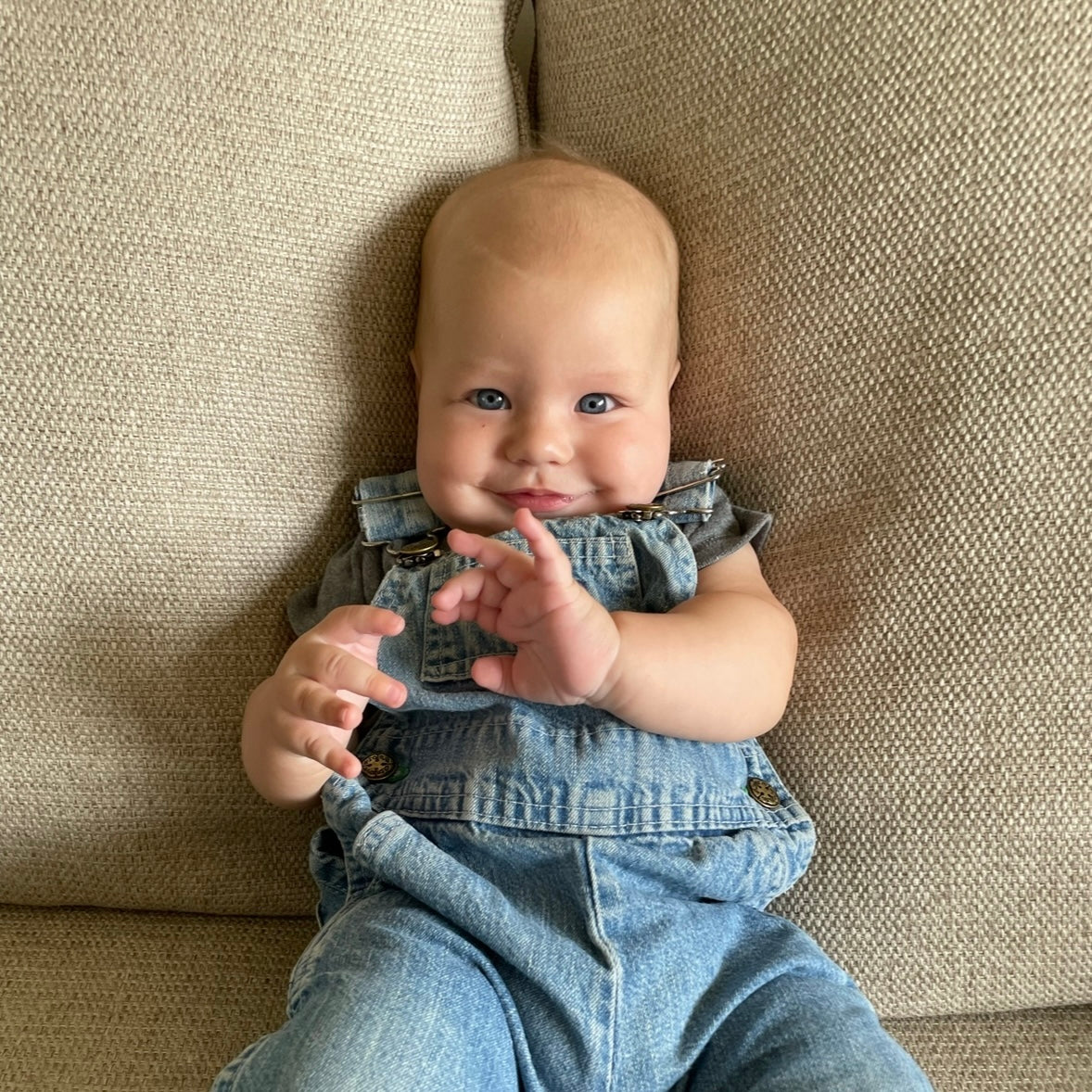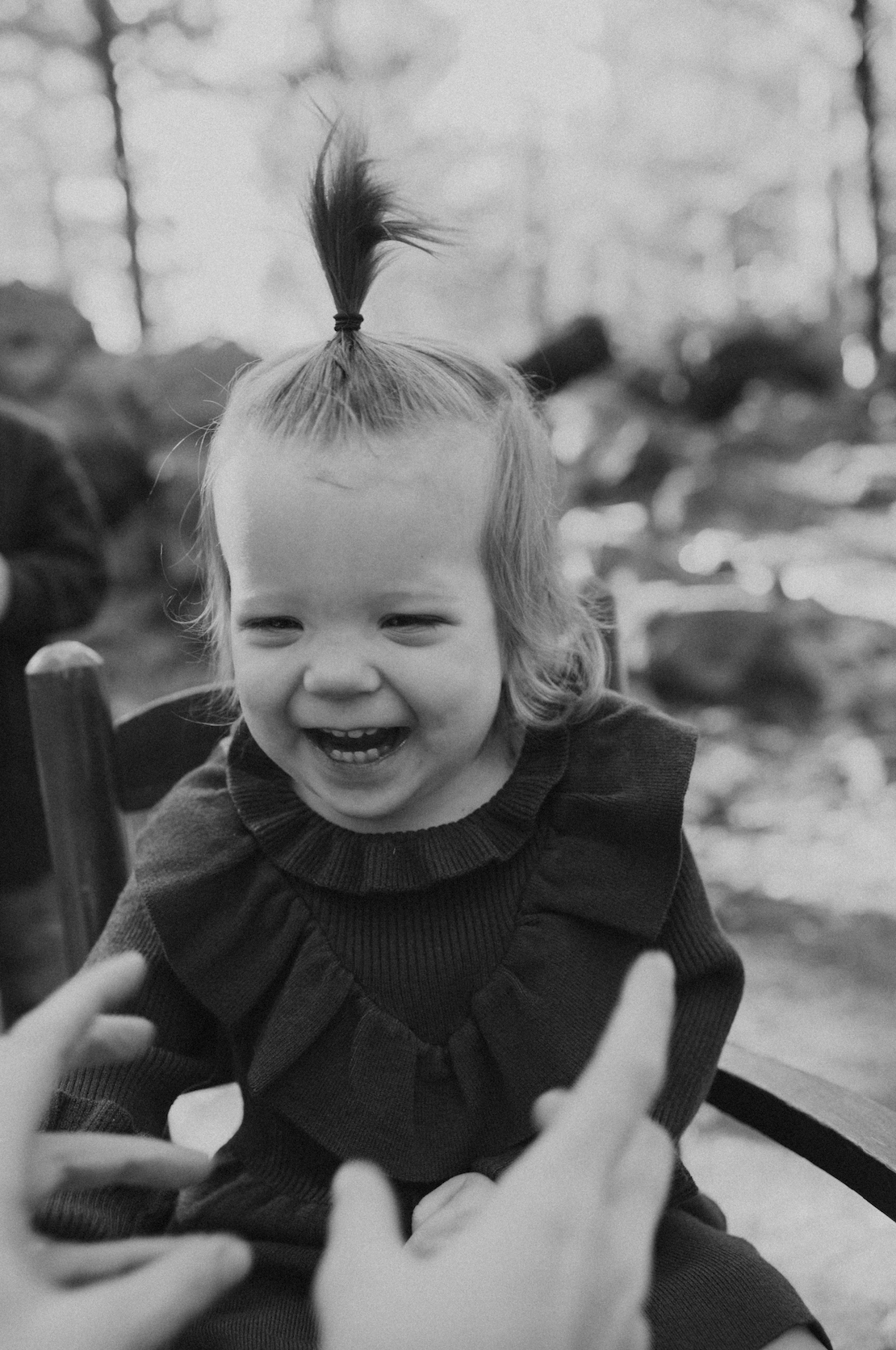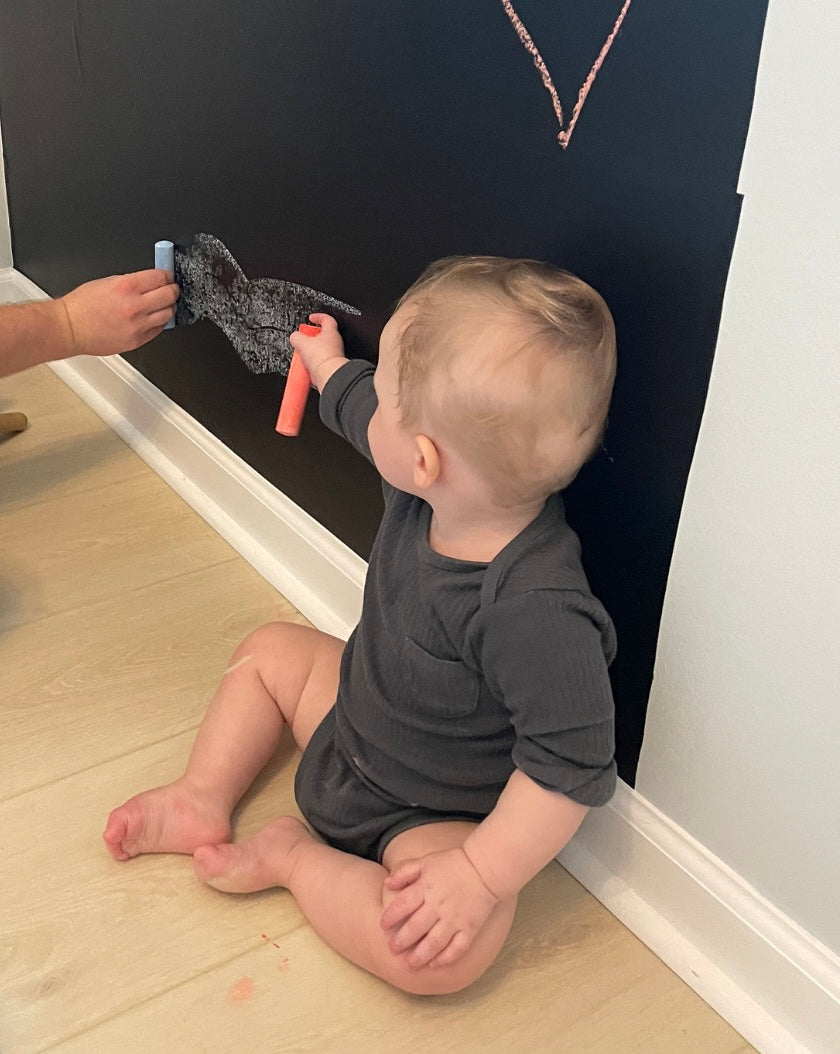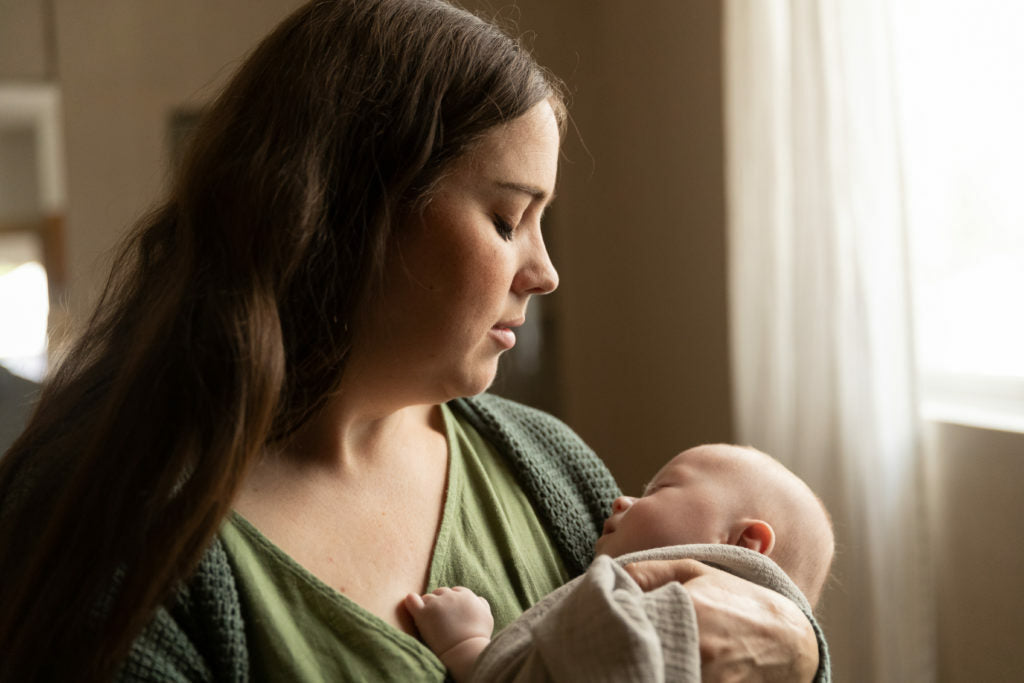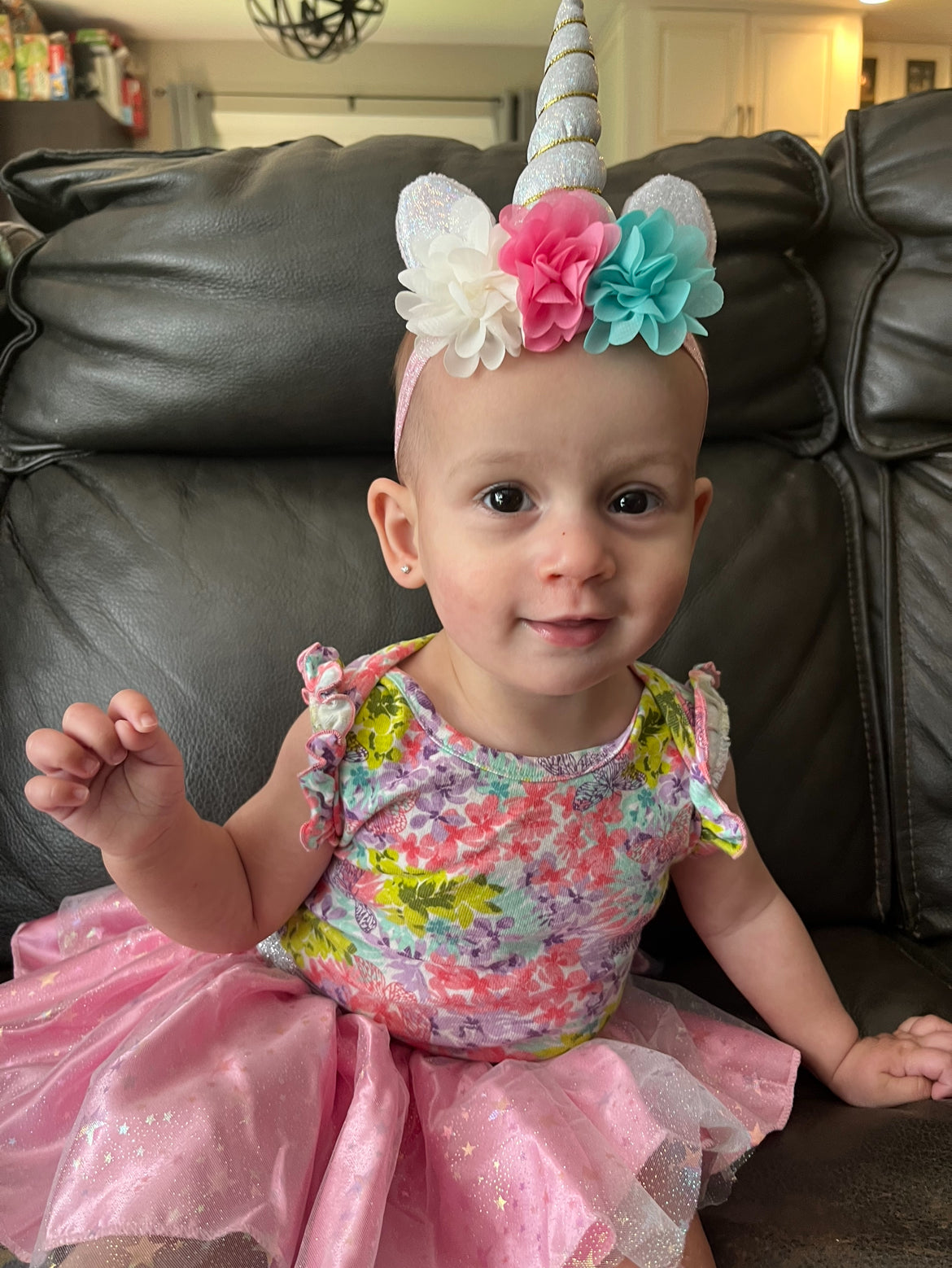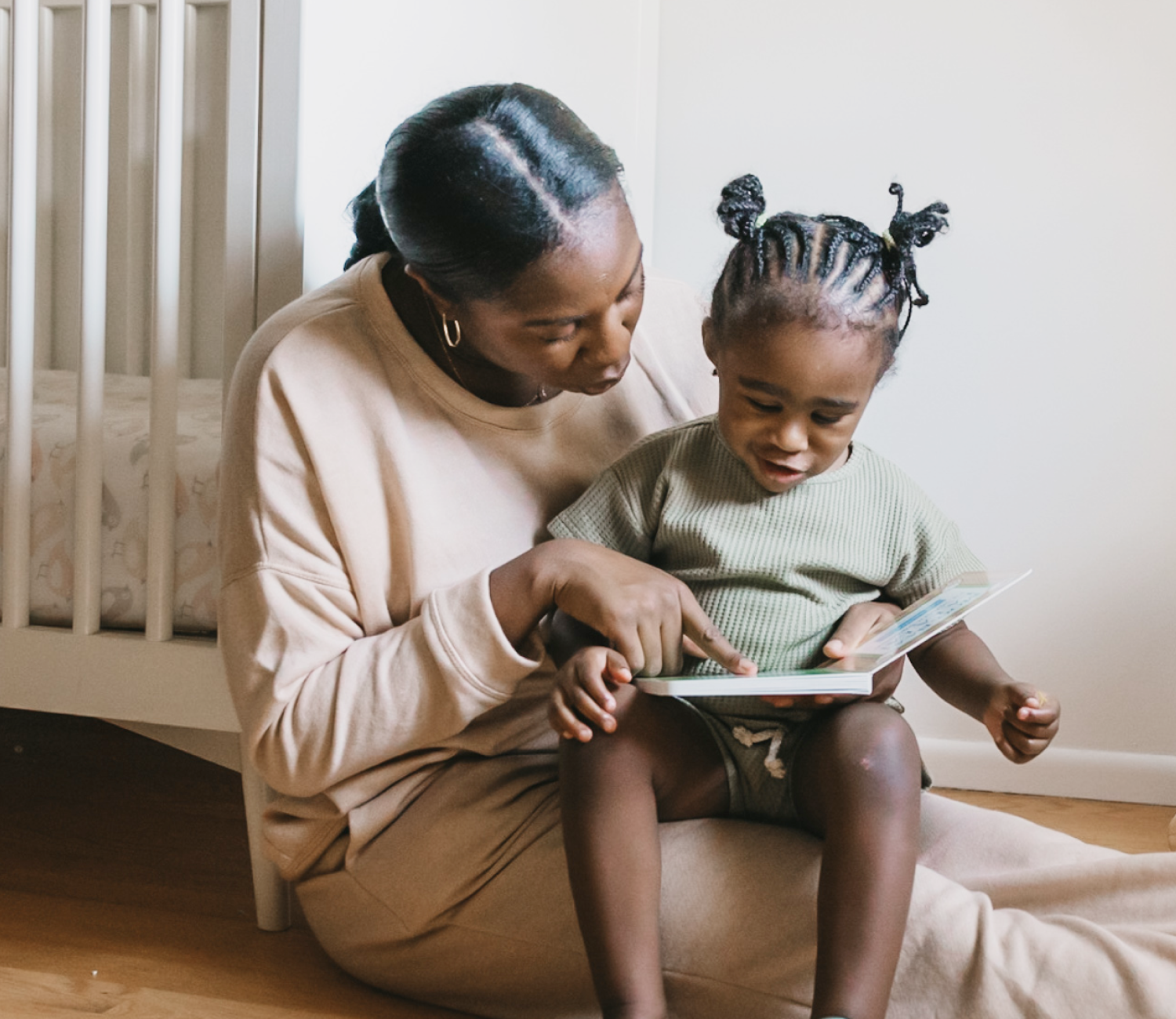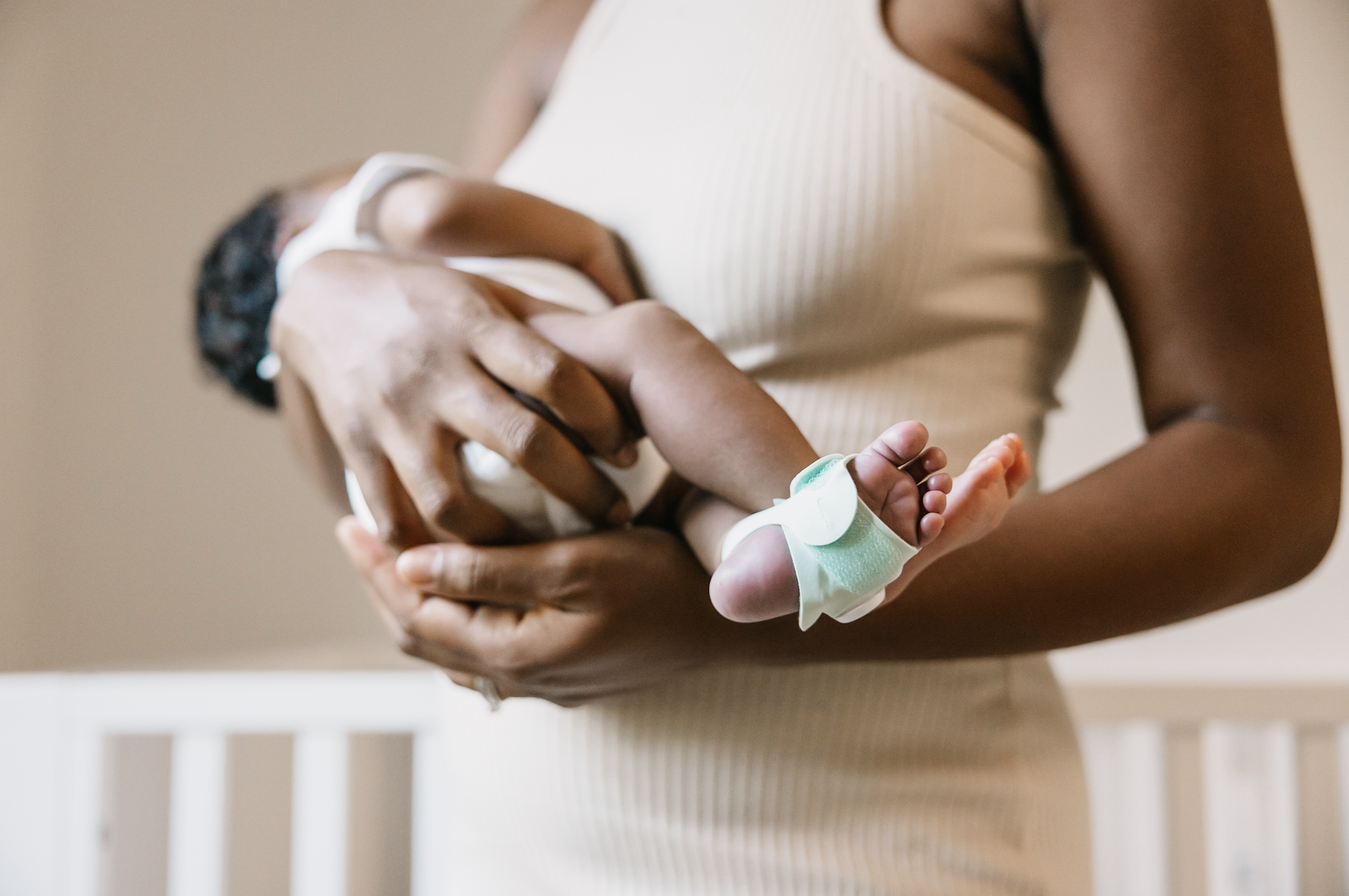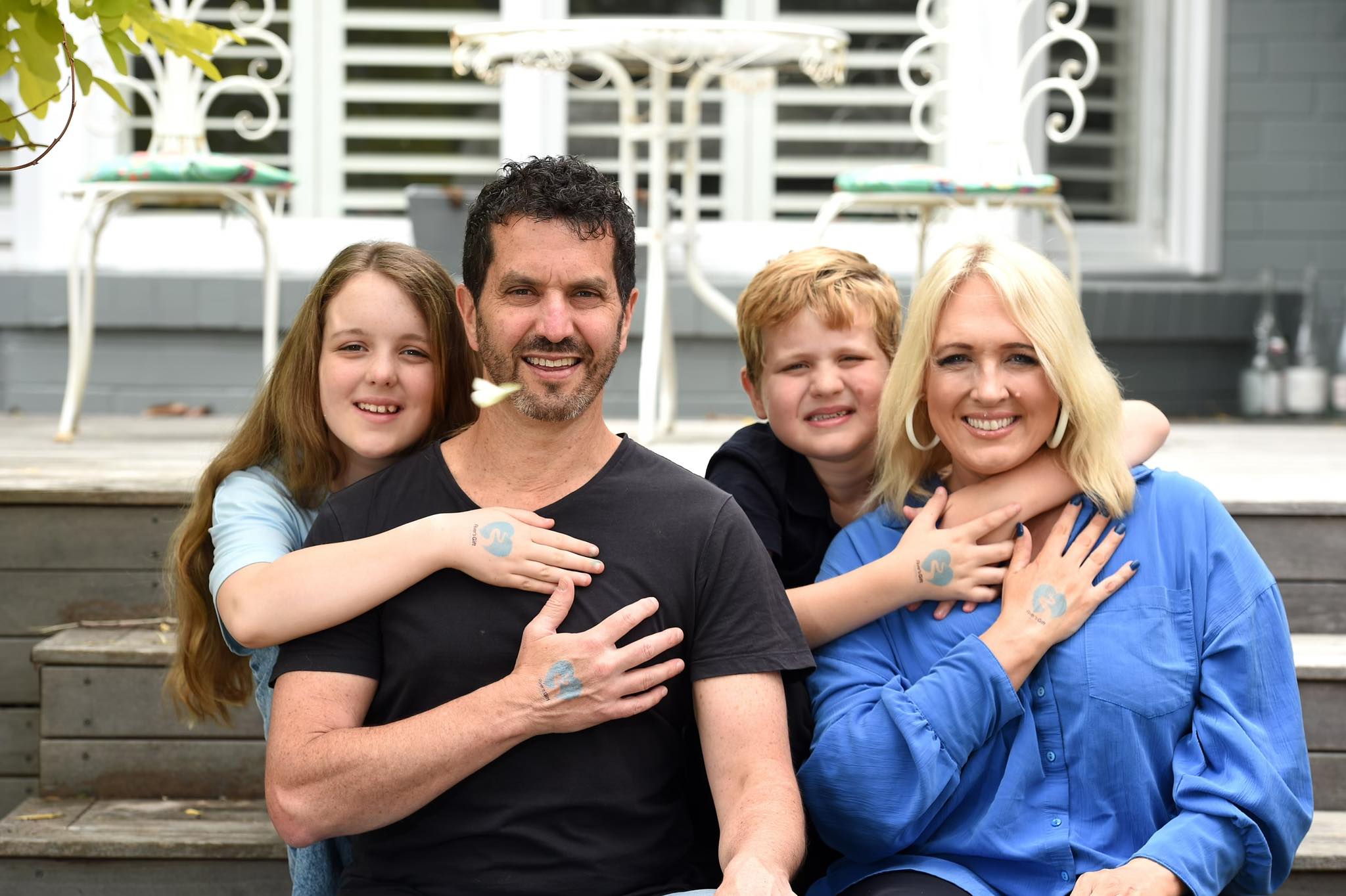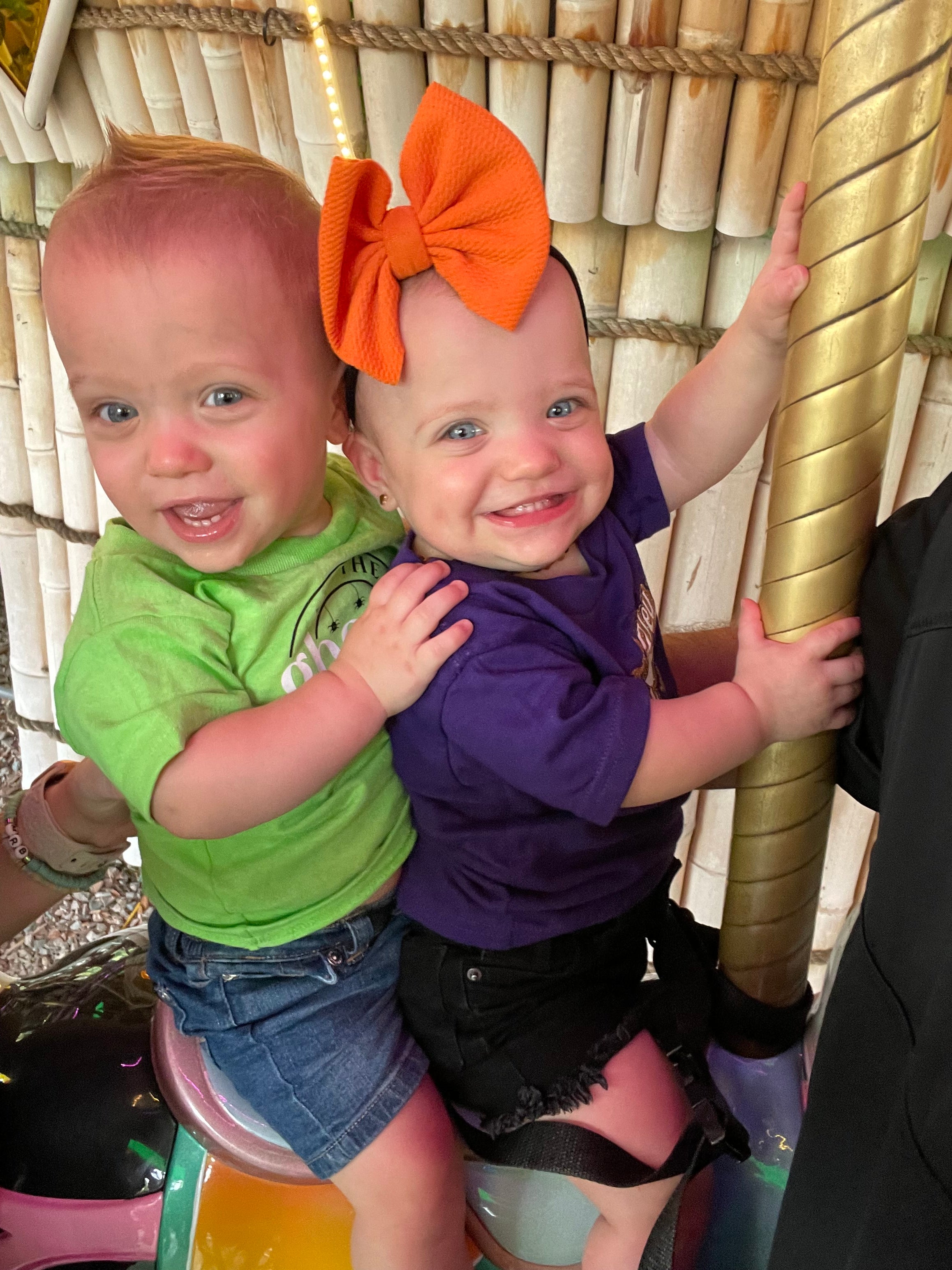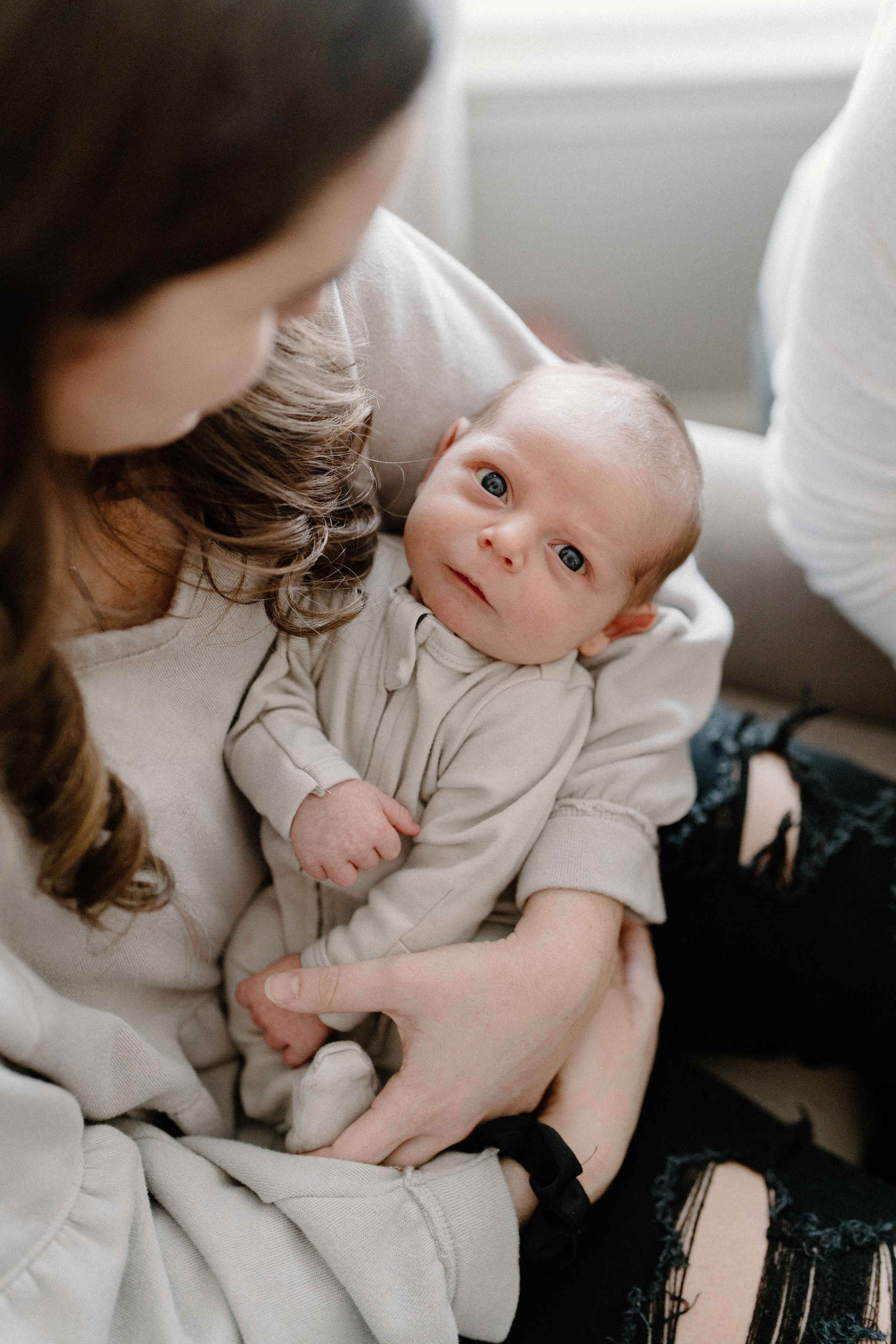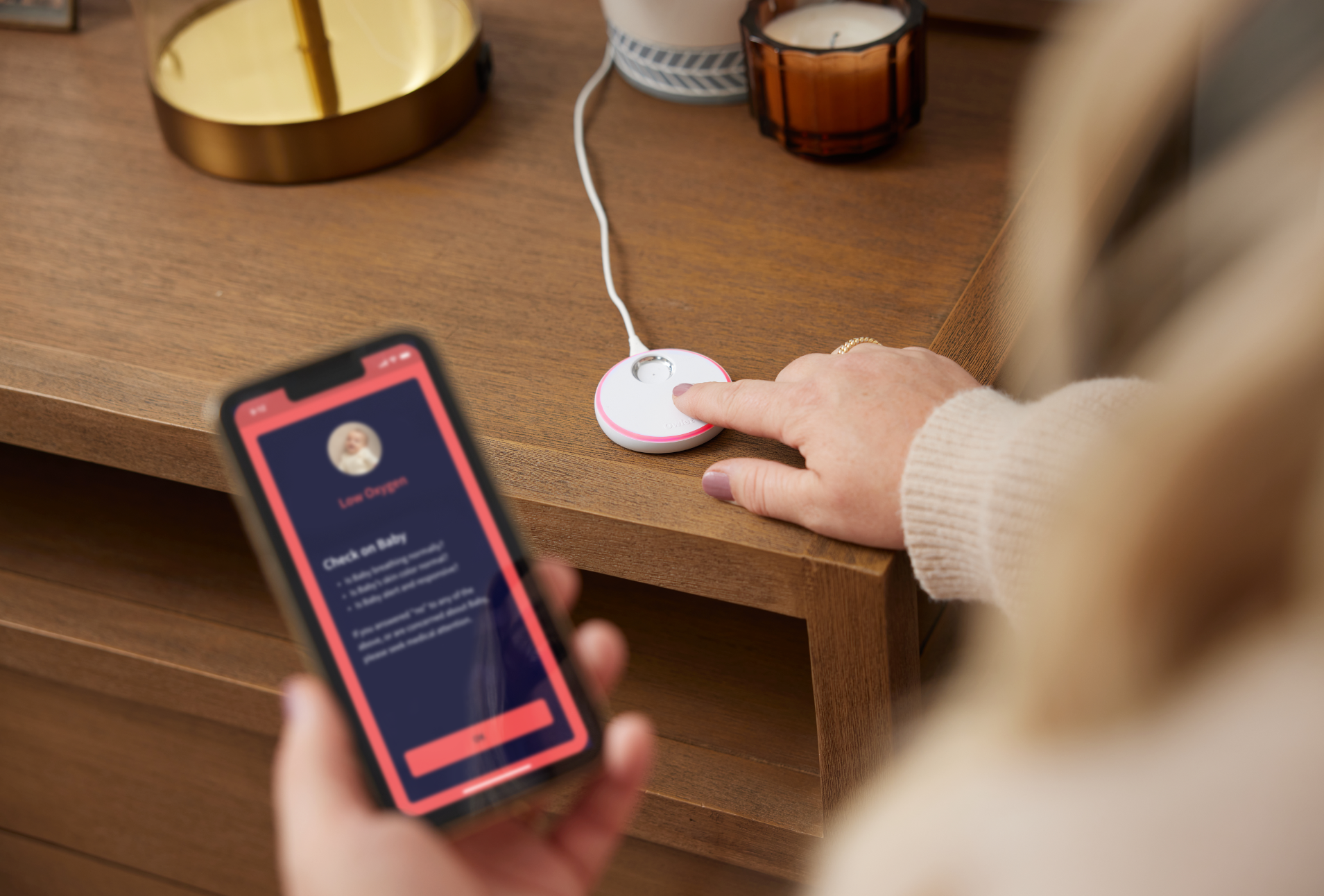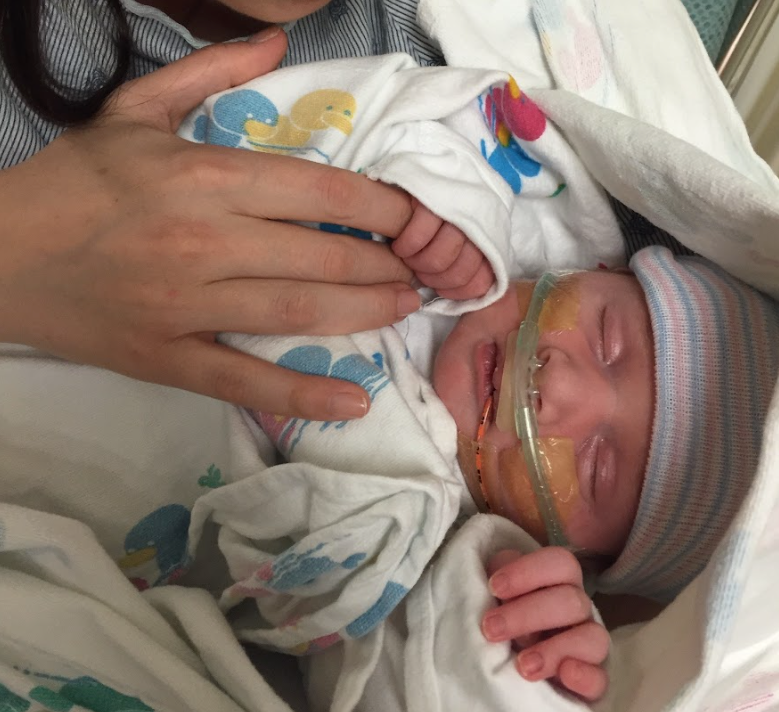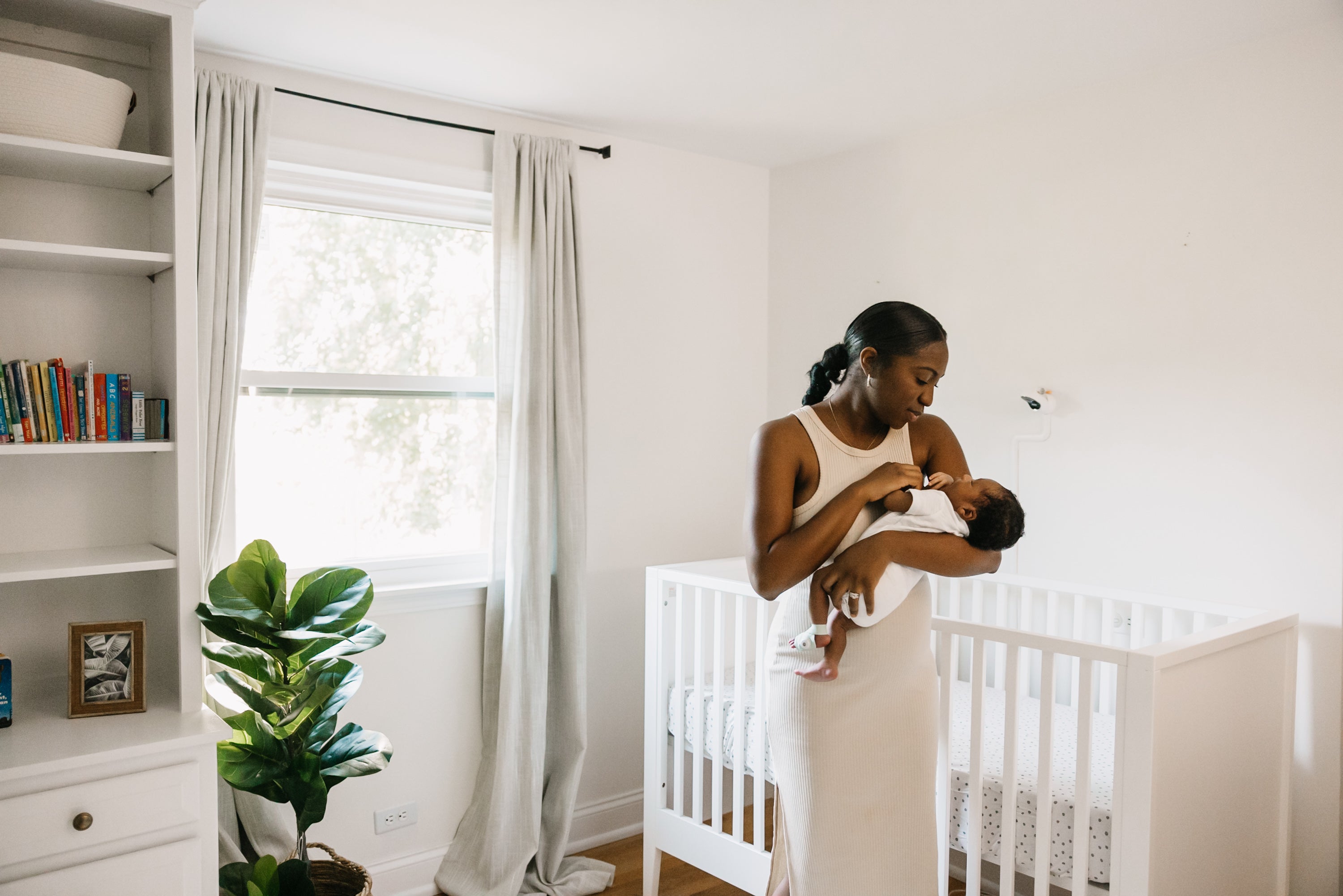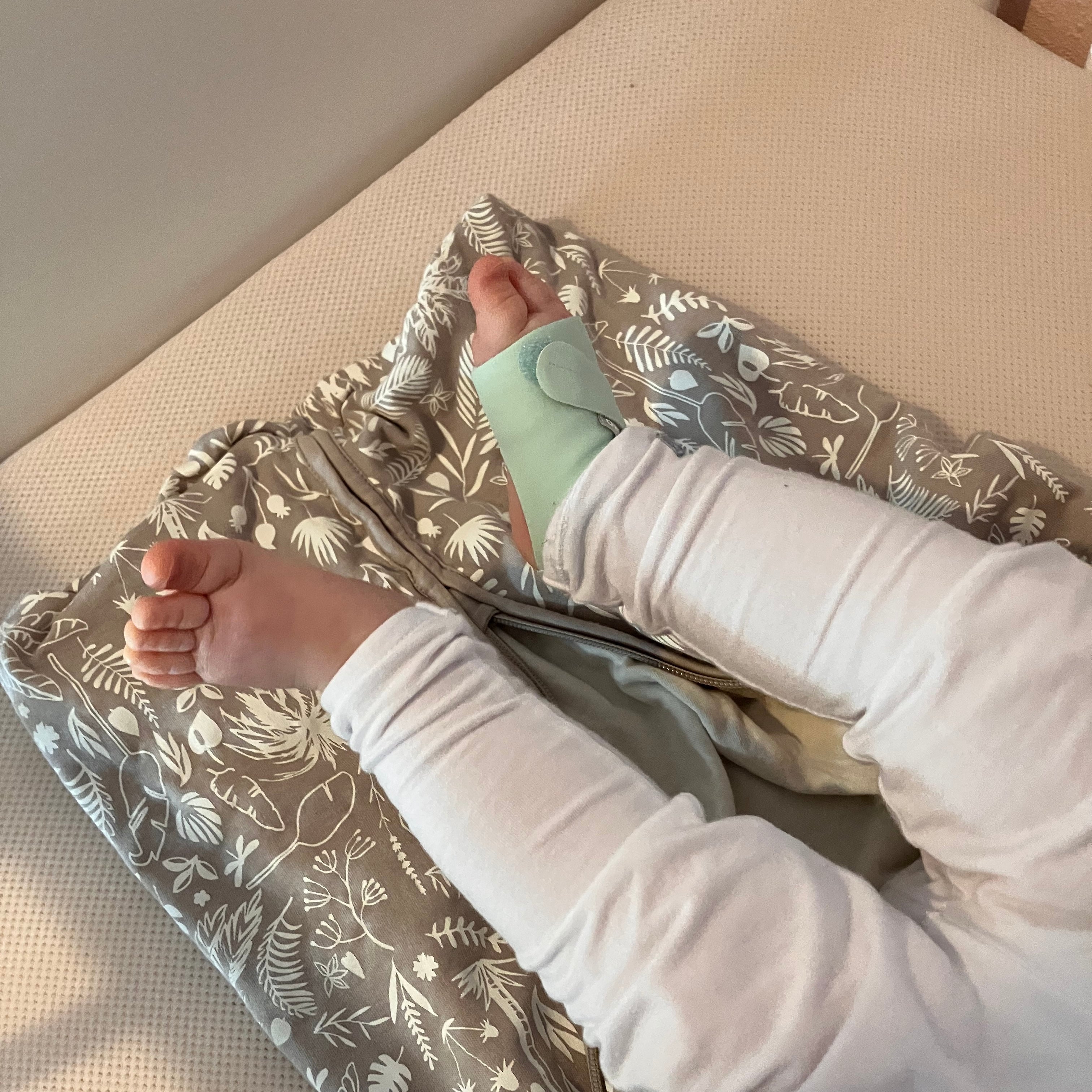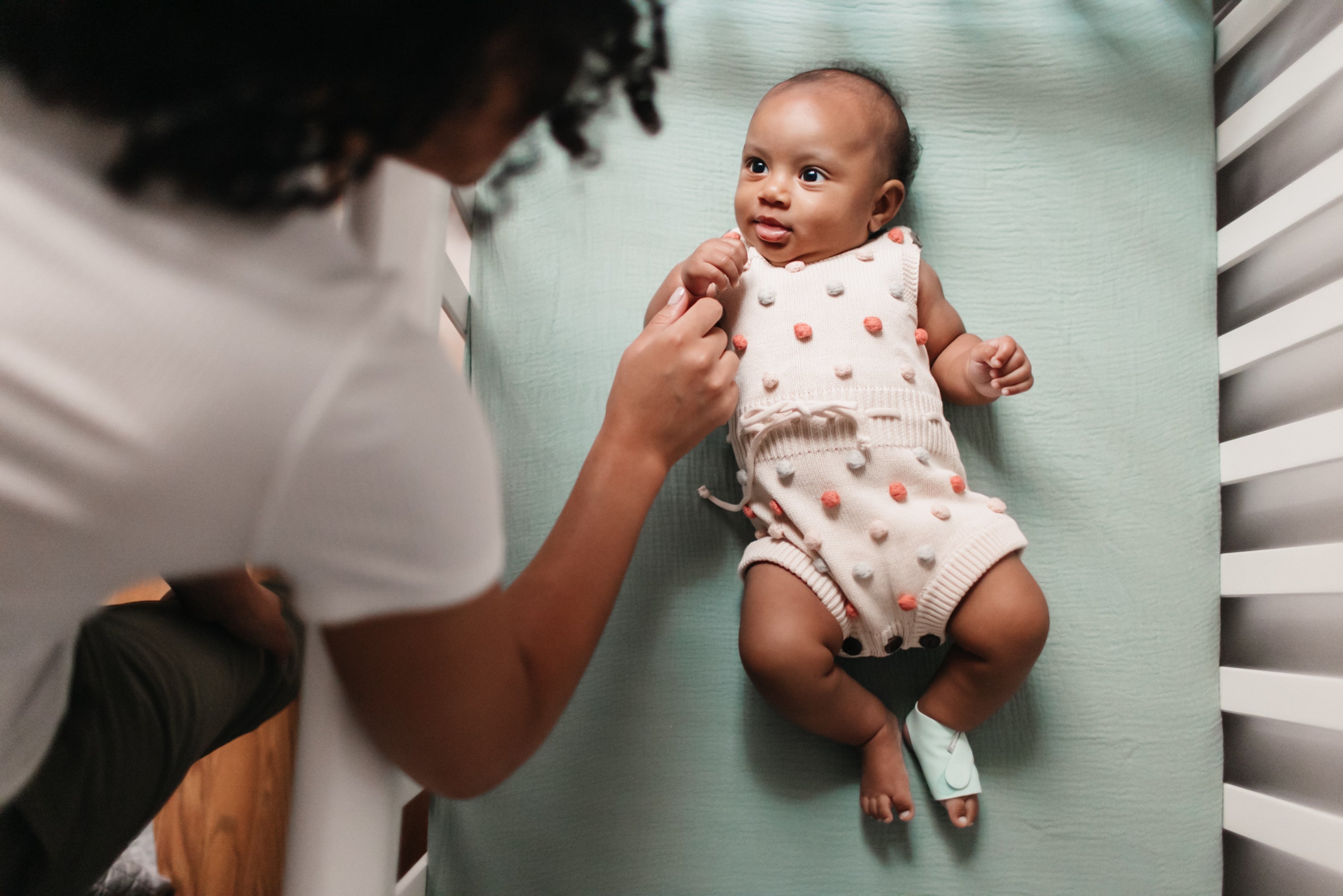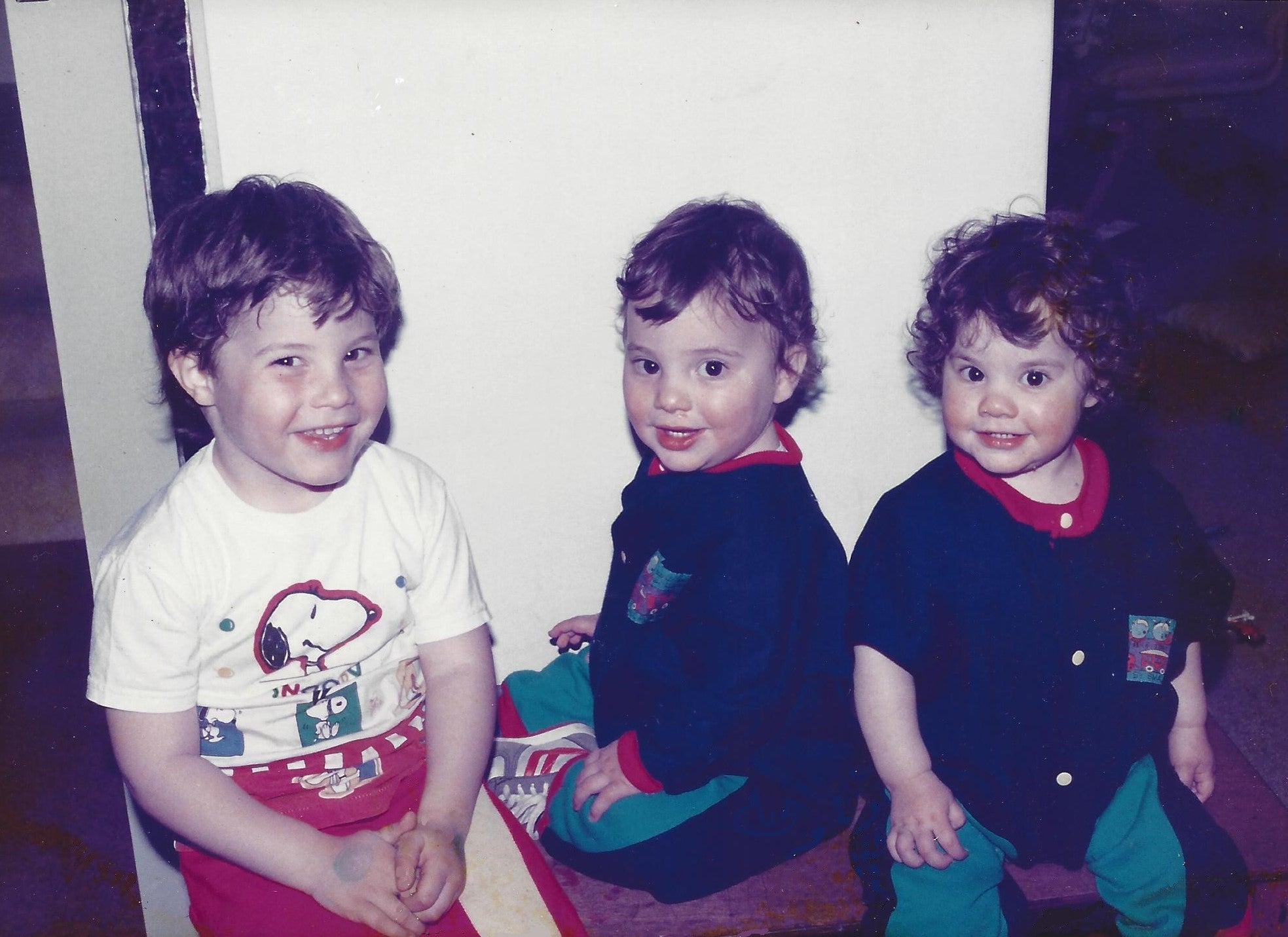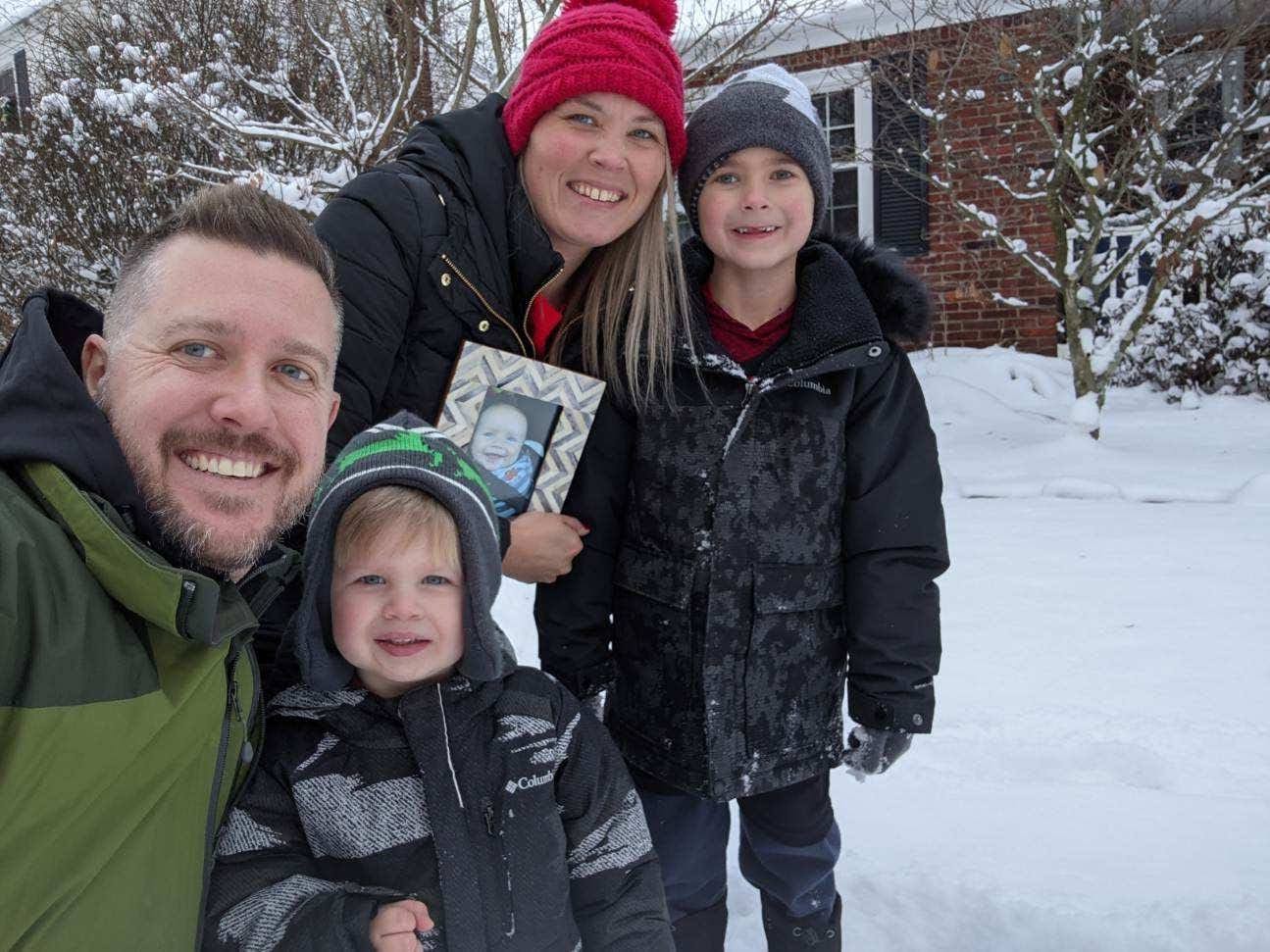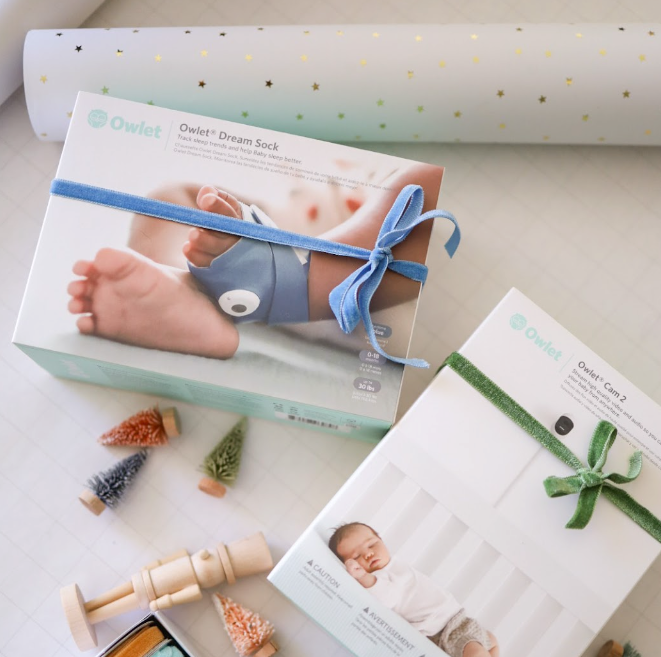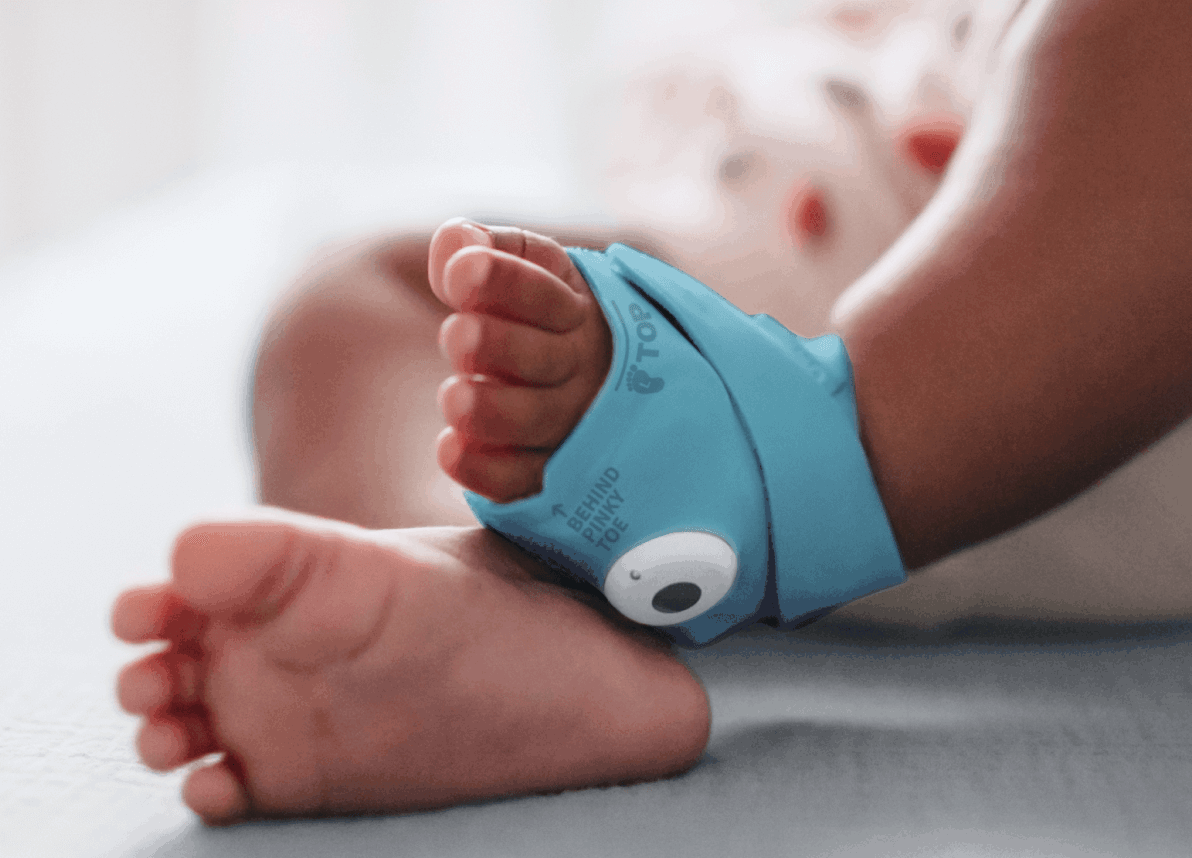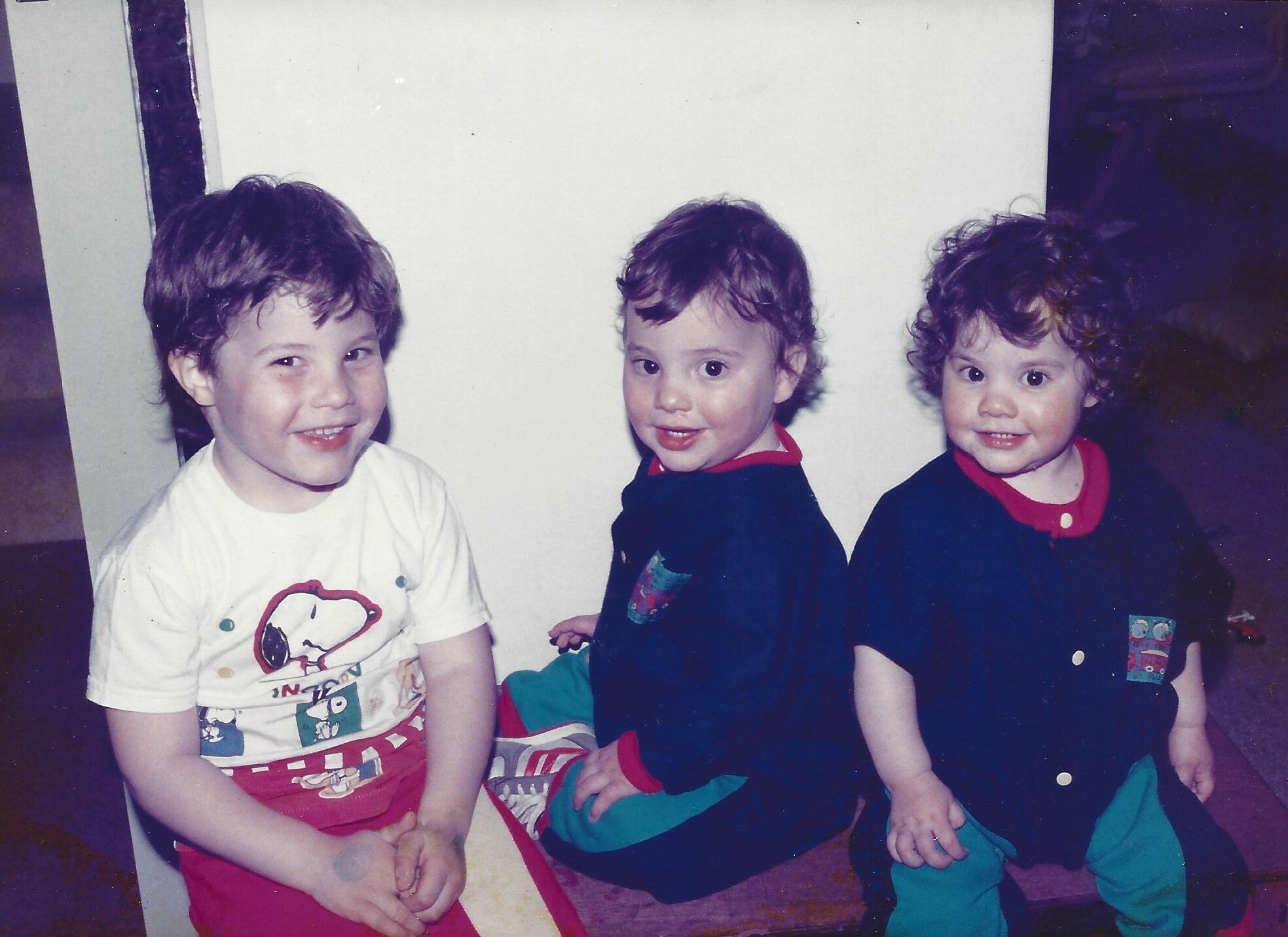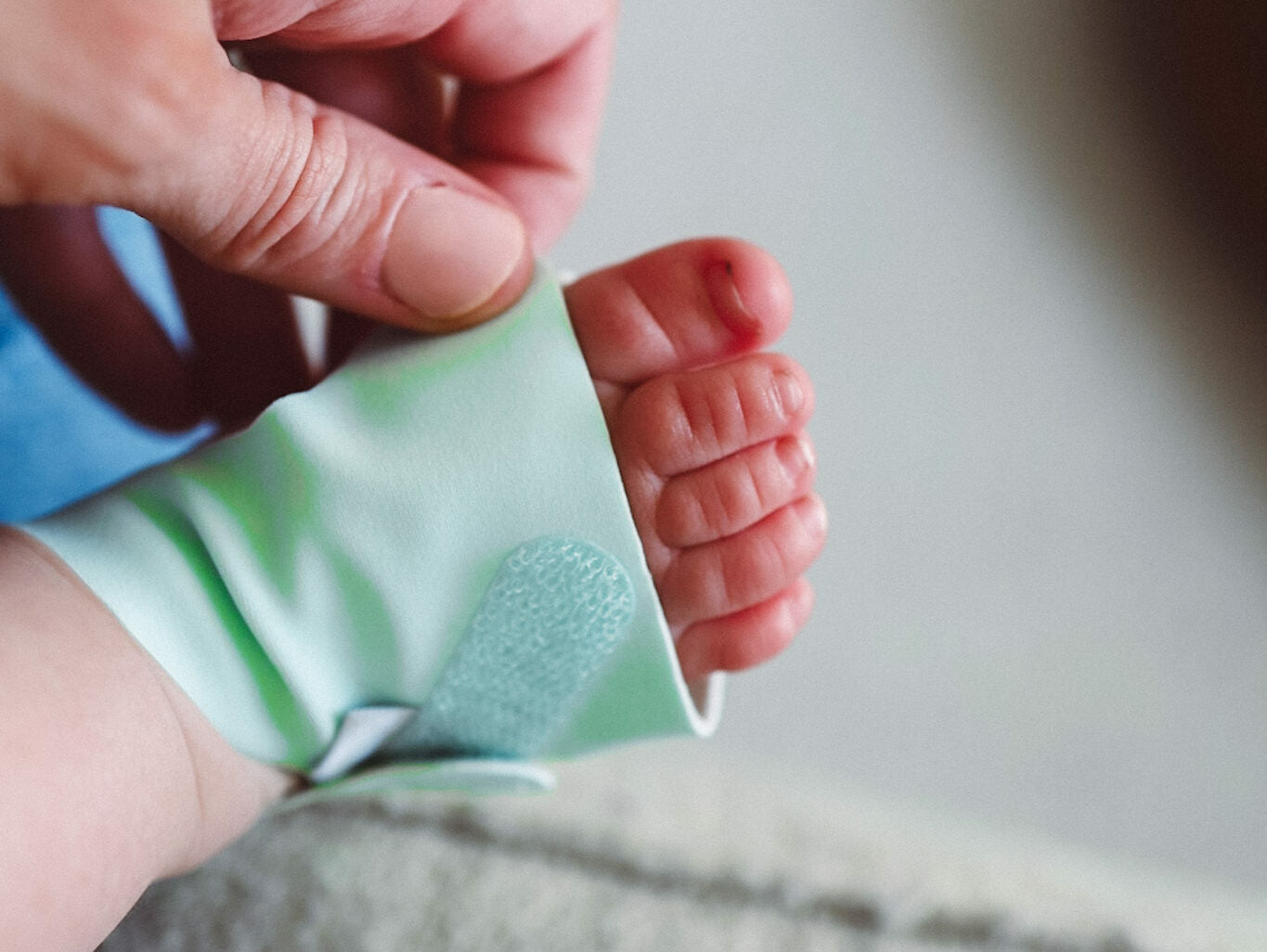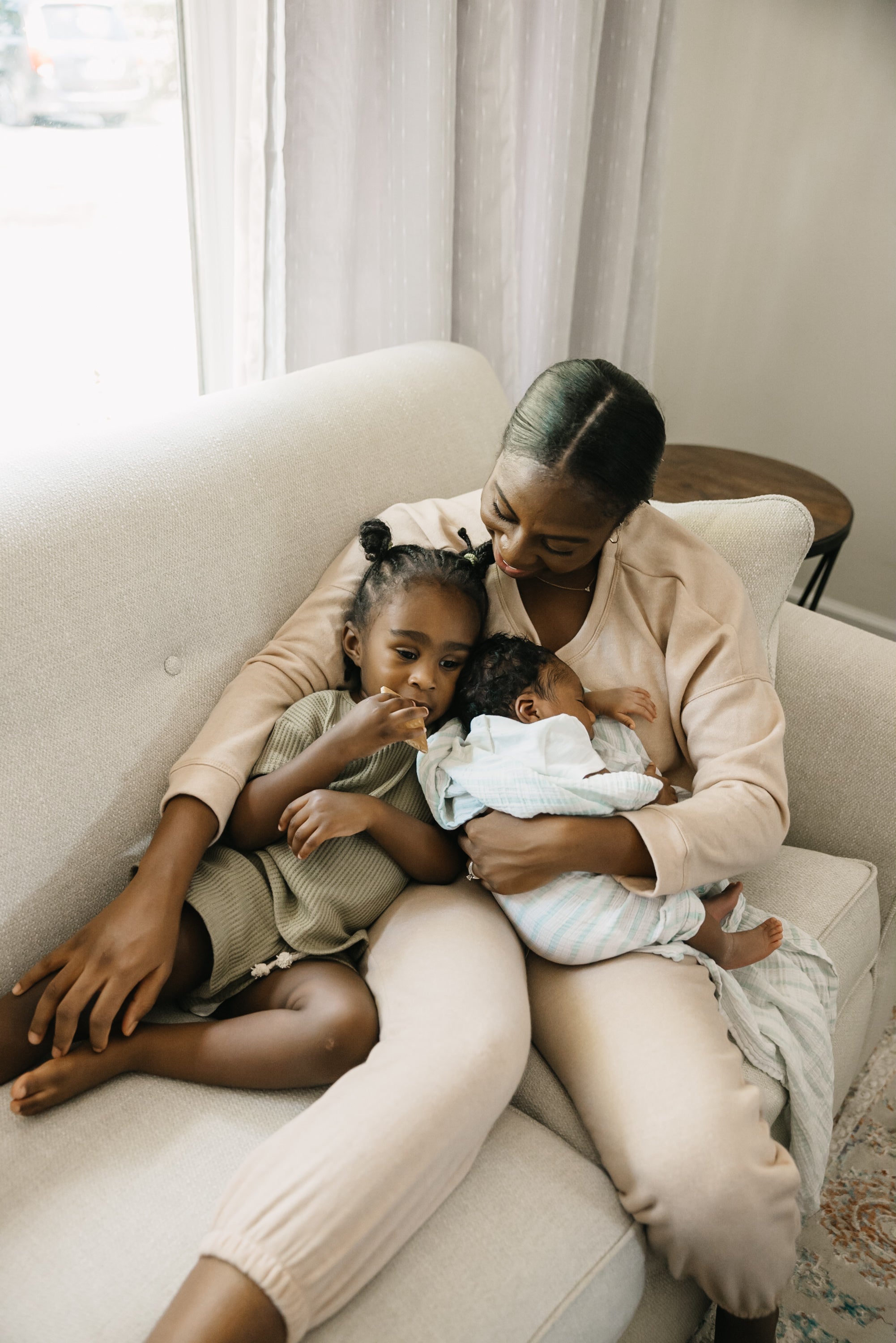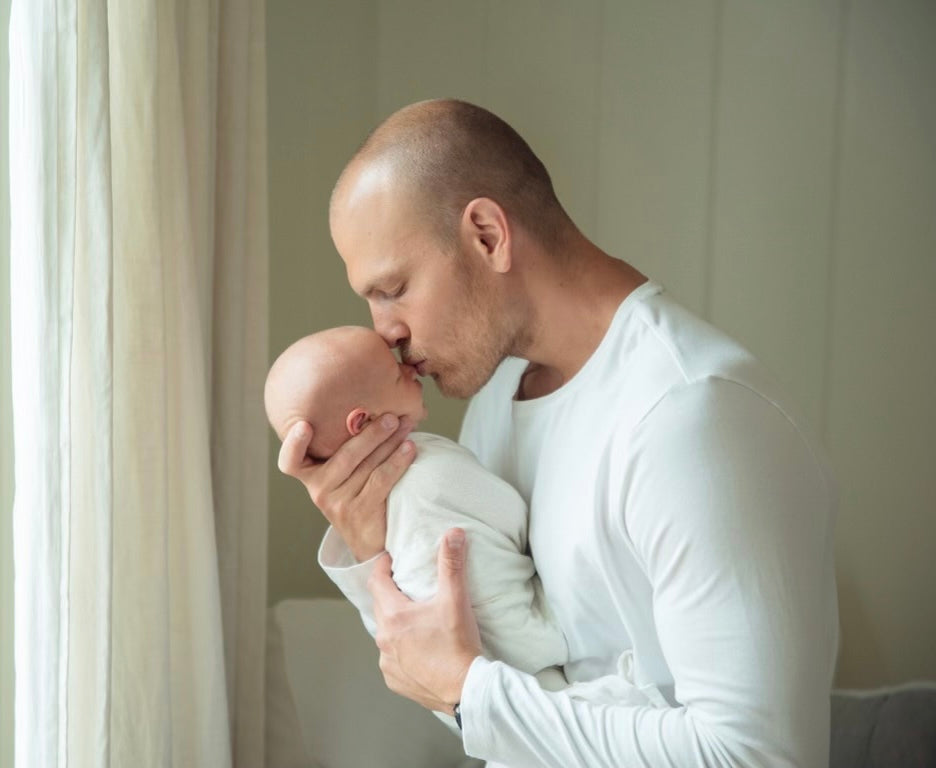The content provided on this blog is intended for informational and educational purposes only. It is not a substitute for professional medical advice, diagnosis, or treatment. Always seek the advice of a qualified healthcare provider with any questions you may have and to learn more about your child's specific needs.
What are baby wake windows? Why are they so complicated? And the most frequently asked question: “why won’t my baby follow them?” Not only are baby wake windows frustrating, but they’re actually quite misleading!
Baby wake windows are the average amount of time a baby is awake between naps or nighttime sleep. But your baby isn’t an average baby! In a world full of babies, they are an individual bit of perfection that doesn’t fit into one box. So to quote a famous pirate, baby wake windows are “more like guidelines.”
Now that we’ve defined baby wake windows, let’s break them down into information we can actually use.
Baby wake windows by age
| AGE | WAKE WINDOWS |
| Birth to 12 weeks | 60 to 90 minutes |
| I3 to 4 months | 75 to 120 minutes |
| 5 to 6 months | 2 to 3 hours |
| 7 to 14 months | 3 to 4 hours |
This baby wake window table shows typically how long you can expect your baby to be awake broken up over a 24 hour day. If your 3-month-old baby wakes up at 7:15AM, then you could expect them to be ready for a nap anywhere between 8:30AM and 9:15AM.
Using baby wake windows
So why isn’t your 2-month-old staying awake longer than 45 minutes? And why is your 15-week-old baby refusing to fall asleep after 120 minutes? Don’t worry! Rather than seeing baby wake windows as an expectation, see them as a possibility. Every baby is different and the amount of sleep needed varies widely from the newborn stage, to 12 months, and beyond. Most newborns sleep in periods of 2-5 hours and will sleep anywhere from 12 to 18 hours a day, in a 24 hour period. Adults need a wide range of required sleep to feel their best, so why would babies be any different?
Your baby is still learning so learn along with them: make sure you’re following their cues and allowing for flexibility. If your baby is wide awake when their wake window is coming to an end, go with it. If your baby is showing sleepy cues way before what typical wake window data tells you, go with it. Only your baby knows when they are tired or happy to be awake so follow their lead.
When we try to stretch a sleepy baby to stay awake for what we think their full wake window should be, we start a cycle of sleepiness that is hard to come back from. Contrary to old beliefs, a sleepy baby will not sleep better, and keeping a baby up later will not help them sleep in. In fact, it does the exact opposite! Exhaustion and being overtired is the perfect recipe for a baby that refuses to sleep.
Be realistic
Remember that baby wake windows averages are just that: averages. And should be used only as a loose guideline. The truth is, every baby has different needs. And just like everything with babies, wake windows are subject to change. As your baby grows, adjust your expectations when things like teething, growth spurts, or illness throw off their sleep schedule.
Keep in mind that if your baby is sleeping well and is generally happy, there’s no need to closely follow the expected baby wake windows. As long as you’re reading your baby’s cues, you’re right on track. You’ve figured out the perfect amount of sleep your baby needs despite what that stranger on social media told you. Keep it up; you’re doing just fine!
